Enjoy my second in the series Amazing Dessert to Try From Around the World, highlighting desserts in Europe. If you missed Desserts to try in Asia, be sure to check it out. The tastes across Europe vary from simple dishes with fruit to multilayered cakes, but they all will enhance your visit and teach you something about the origins of the people who made them.
Kadaif in Albania
From Anita of Travelling Balkans
Kadaif is a very popular Balkan food, which was brought to Albania from Turkey during the times of the Ottoman Empire. This sweet dessert is made up of flaky phyllo pastry which resembles spaghetti as it’s formed into strings on a hot plate. Then it’s filled with nuts and drizzled with sugar or honey syrup.
You will only need 1 piece of Kadaif as it’s incredibly sweet, just like a lot of the other Albanian desserts! A great way to pair this dessert is with a glass of raki, which is a distilled alcohol that might just ‘knock your socks off’. The alcohol counteracts the sweetness of the Kadaif and is perfect for a nightcap!
Sacher Torte from Vienna, Austria
By Stella Jane of Around the World in 24 Hours
The Sacher Torte could not possibly be more associated with Vienna, Austria. With many desserts, it’s hard to prove exactly when or where they were invented. But the Sacher Torte was definitely invented by an Austrian named Franz Sacher in 1832. He prepared it in Vienna for Austrian Prince Metternich’s birthday. Later his son Eduard Sacher opened the Hotel Sacher in Vienna, where he proudly served his father’s creation.
The Original Sacher Torte is still served at the Hotel Sacher today, but you can order a Sacher Torte at many other cafes in Vienna. The Konditorei L. Heiner has a very tasty version as well. Each cafe will serve a slightly different version, but all types of Sacher Torte are made with layers of chocolate cake, apricot jam, and chocolate icing atop the whole thing. It goes perfectly with a dollop of whipped cream and some fine Viennese coffee.
Brussels Waffles in Brugge, Belgium
Did you know that in Belgium there is no such one thing as a Belgian waffle? They have a few different types. The best one I had was a Brussels waffle found in a small alleyway in the charmingly quaint town of Brugge. The Brussels waffle is a sweet thick waffle. The one I loved was covered with an incredibly sweet and fresh assortment of berries There is a reason that Belgian chocolate is known throughout the world– it is very rich and decadent. This dark chocolate was melted and poured over the berries and the waffle. It was one of the best things I have ever eaten. The fact that it was surrounded by stone houses, a market square and canals made it pretty much perfection.
Tufahije in Bosnia
From Ellis of Backpack Adventures
Bosnia Herzegovina has a range of sweet desserts. Because of its multicultural history Bosnian cuisine is both influenced by the Balkans and Turkey. One example is Tufahije that was introduced during Ottoman rule and that is unique to Bosnia.
Its a delicious dessert of walnut stuffed apples stewed in sugar syrup. Sometimes it is topped up with whipped cream. It is extremely sweet, but also very flavourful and the apples with walnut are a great combination.
Tufahije is not everywhere on the menu so if it is you are lucky and in for a treat. The best place to try Tufahije is Sarajevo. In the old town there are plenty of restaurants that serve this extremely sweet desert. In tea house Morica Han you can also order it with your tea and coffee.
Splitska Torta from Croatia
Jan Robinson BUDGET TRAVEL TALK
The popular Croatian port town of Split is famous as the departure port for several Croatian islands and it was here that the Roman Emperor Diocletian built
his palace in 305 AD. The Palace remains an important part of life in Split today, as does the local cake
known as Splitska Torta.
Although originating in Split, the Torta is a favorite of the Dalmatian Coast in general. It only takes a glance at the ingredients of almonds, figs, and raisins to recognize that Splitska Torta’s roots are firmly set in the Mediterranean.
The Torta is basically egg whites and sugar whipped to a Meringue incorporating flour, nuts and minced fruits. Baked in a long flat strip, it is then cut and stacked
with luscious layers of buttercream. In true Croatian fashion, the egg yolks left after the making of the meringue are not discarded but used to enrich the buttercream, which is then flavored with
vanilla and zest. The resulting chewy meringue and soft yellow buttercream is a tantalizing
combination.
Traditionally Splitska Torta is a celebration cake for special occasions but today it can be found in Cafes and Restaurants all along the Coast.
Danish Kransekage

Mousse au Chocolat (Chocolate Mousse) from France
From Sage Scott of Everyday Wanderer
France is well known for its elegantly prepared, fine cuisine, and dessert is no exception. From soup to sorbet, French meals are an experience, often lasting many hours as families and friends linger over delicious dishes. The word mousse means foam in French. And while chocolate mousse (mousse au chocolat in French) may be the most common mousse prepared in the United States, French cuisine includes a wide range of both savory and sweet mousses.
It takes four main components to whip up a chocolate mousse.
Base – This ingredient dictates the type of mousse being prepared, most often dark, semi-sweet, or milk chocolate.
Binder – Either egg whites or gelatin is used to help transform melted chocolate into a pudding-like consistency.
Aerator – In order to give mousse its light airy texture, stiffly beaten egg whites or freshly whipped cream is folded into the mixture.
Flavoring – To finish off the dish with a little je ne sais quoi, flavorings like extracts, spices, and liqueurs may be added. Two French classics are Grand Marnier, an orange-flavored brandy, and Chambord, a raspberry liqueur.
So the next time you’re in France, finish off your delicious dinner with chocolate mousse, one of the best desserts to try in Europe.
Crepes in Paris, France
Although I loved Paris, I must admit I was very disappointed with the food. other than the sweets The chocolate croissant and macaroons were delightful. But the best dessert in Paris is the heavenly crepes sold by street vendors. They prepared the crepes freshly for each customer and fill them with many choices, both savory and sweet. A crepe is a large thin round pancake. The simplest crepes are filled with lemon and powdered sugar. My son and husband became obsessed with crepes filled with banana and Nutella. I am sadly allergic to Nutella. Maybe that is a blessing though because I returned every day we were there for a crepe filled with speculoos butter and apples. Do you know speculoos? That is another great dessert- spice cookies from the Netherlands.
Eclairs in Paris, France
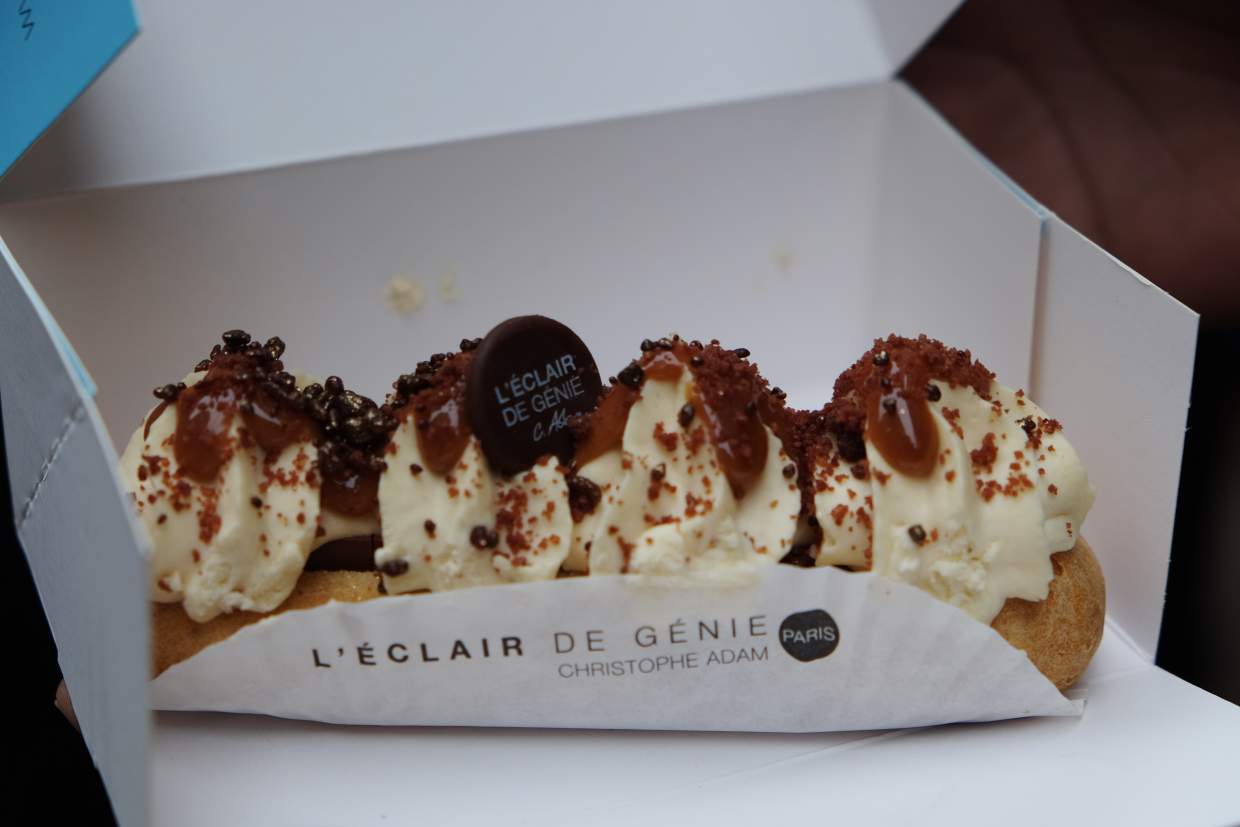
When in Paris, indulging in desserts and cakes is the norm. Not just any pastries, however. Think of a sweet baguette made with chow dough, filled with cream, topped with chocolate icing and dipped in glaze. Quite the mouthful and a must-try. Originating in France during the 19th century, these little delights are a treat to the eye and the taste buds. Truth be told, I’m not the biggest fan of eclairs in general, but there’s just something about the ones in Paris. They come in lots of exotic flavors, the likes of salted caramel and passion fruit purée all topped with colourful icing and garnished with lovely ornamentation as works of art. There are a handful of designated places to find these tasty treats to enjoy them at one of these locations with the best views of the Eiffel Tower.
Macarons from France
By Sierra Schmidt of Free to Travel Mama
The best dessert to try in France is the infamous macaron. Not to be confused with the coconut-based macaroons, macarons (with one “o”) are tasty little bites of heaven. They are made with almond flour, stirred to perfection, baked carefully with just a hint of crunchy edges, and then filled with any number of delicious flavored cream.
As a bonus, because macarons are made with almond flour, they are often a good option for those that are gluten-free and avoiding other treats from the bakery.
There is a great debate on which shop sells the best macarons are in Paris, with Ladureé and Pierre Hermé usually being the top rivals. However, rather than wait in line at one of these spots and pay top dollar, we encourage you to wander the sweet streets of Paris, get lost in the charming alleyways, and pick up your macarons from whichever adorable boulangerie catches your eye. Flavors range from cappuccino to raspberry to lavender, so buy an assorted mix and pull up an outside café table to watch the world go by as you enjoy your very best dessert in the city.
French Sorbet
Contributed by Louisa Moje of La Passion Voutee
I was introduced to the world of delicious sweet and savory crepes the first time I set foot in France. And the buttery waffles of Belgium years later. But one lesser-known dessert always brings back fond nostalgia of the phenomenal time I had Normandy.
This delicately decadent dessert is the mouth-watering three-fruit sorbet. I loved the sorbet so much that on my return from France, I bought a sorbet maker and attempted to recreate this mouth-watering dessert. Although the end result was tasty, it still missed the oomph that I had in France.
During the summer months, there’s a good chance that you’ll find these sorbets at local restaurants around France. It might be a hit a miss, but don’t give up if your first stop does not have sorbet as part of their dessert menu.
Churchkhela from Georgia
By Maggie Turansky of The World Was Here First
Churchkhela is a traditional sweet from the country of Georgia that is commonly referred to as “Georgian Snickers.” Though it can be made from a multitude of fruits and nuts, it is most commonly made from grape juice and walnuts. To make churchkhela, grape juice is cooked down to release the pectin in the fruit and form a thick, gelatinous syrup. Strings of walnuts are then dipped repeatedly in the syrup until it forms a thick coating — much like making a candle. The churchkhela are then hung to dry and age.
Churchkhela is a very common sweet and snack in Georgia and you can find it just about anywhere — from old ladies selling it on the streets to local markets and even in multinational supermarket chains. In a nation that is far more known for its savoury dishes, churchkhela is the one sweet that you cannot miss on any trip to Georgia.
Because of its hearty nature, churchkhela is also a great snack to take with you on a hike through the gorgeous Caucasus mountains or on a long marshrutka ride. In any case, if you want to try a traditional sweet when in Georgia, you absolutely must sample churchkhela
Black Forest Cake, Germany
From Ivan of Mind the Travel
Hands down, the most delicious tradition from the Black Forest is Schwarzwälder kirschtorte or the Black Forest cake (literally Black Forest cherry torte). Its name comes from Kirschwasser – the Kirsch liqueur (or cherry schnapps) distilled from locally picked sour cherries which are grown in the mountains of southwest Germany. This delicious dessert is made out of several layers of chocolate sponge cake, whipped cream, maraschino cherries, and chocolate shavings.
The Black Forest cake in Germany is a classic recipe was first introduced to the world just over 100 years ago, in 1915 by renowned regional chef Josef Keller who served it at the famous Café Agner in Bad Godesberg, now a suburb of Bonn. This place is approximately 500 km from the iconic Black Forest mountain range.
Most eateries in Germany, particularly near the Black Forest Mountains, offer the cherry torte on their menu for guests to indulge. The cake isn’t overbearingly sweet, but it is quite boozy. It’s perfect for dessert, as it’s usually served at hotels, or for a late-afternoon snack with coffee.
When you visit Baden-Württemberg, choose an establishment offering this epitome of indulgence. Said to serve the only original version of the cake, while in the area, a slice must be tried at the Cafe Schaefer in Triberg. Many cafes advertise their offering of the cake, but this cafe in particular has been making the original recipe from its creator for decades.
German Rote Grütze
By Cate of International Desserts Blog
Rote Grütze is the best dessert in Germany! A traditional summer dessert from northern Germany, Rote Grütze is a delicious mix of berries, cherries, and currants sweetened with a bit of sugar and red fruit juice. It was one of the first desserts I had when I moved to Germany and it’s still one of my all-time favorites. The best way to eat Rote Grütze is warm and topped cold fresh cream (so good!), but you can also find it served cold with vanilla sauce, whipped cream or a scoop of vanilla ice cream.
You’ll find Rote Grütze at some restaurants in northern Germany, as a topping for ice cream at some cafes (delicious!), and in jars at the grocery store. Rote Grütze is the perfect dessert to make and enjoy at your AirBnB. Then, once you’re back home, try making Rote Grütze from scratch (it’s super easy)!
Greek Galaktoboureko
From Sandra Papas of Greece Travel Secrets
Greek desserts are known across the globe as some of the most delicious, and generous, in the world. With a colourful history counting back to ancient times Greek culture has evolved with a multitude of influences from the Ottomans, Venetians, French and even the British. This, along with an abundance of fresh produce and the Mediterranean climate, means that Greek food is both delicious and often good for you too.
There are several desserts that use the staples of honey, milk, nuts and Filo pastry, much like their neighbours in Turkey. Whilst Baklava is probably the best know my personal favourite is a similar dish called Galaktoboureko. ‘Gala’ is the Greek word for Milk and in this case, the dish had a thick layer of milk custard in between the layers of pastry. It is finished by drizzled a sweet syrup over the top and is best served when still slightly warm.
Dobosh Torte from Budapest, Hungary
From Sue Reddel of Food Travelist
When you travel to Budapest you will be challenged to choose which desserts to sample. There are simply so many tasty ones to choose from. One you cannot miss is the Dobosh torte. Close your eyes and imagine six thin layers of buttery sponge cake alternated with five layers of chocolate buttercream topped with hardened caramel and then coated with ground nuts on the sides. This is the delicious and famous Dobosh torte.
Hungarian Chef Jozsef C. Dobos created the original recipe in the 1800’s. He was searching for a cake that would last longer than most. He brilliantly topped the cake with hardened caramel to keep it from drying out and so it would have a long shelf life.
You can find the Dobosh torte in many of the coffee and dessert shops throughout Budapest. For a special treat try the one at Café Gerbeaud for an authentic taste of this legendary cake.
Cannoli in Sicily, Italy
From Vanessa Hunt of I Heart Italy
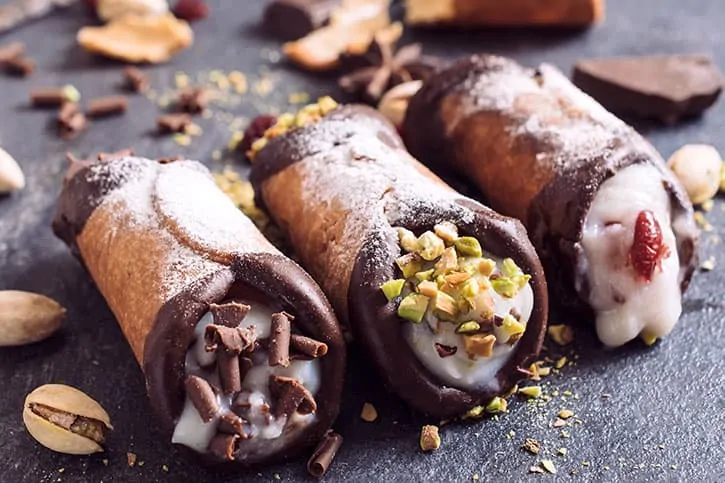
It would be a tragedy to leave Italy without trying a fresh and indulgent cannoli. This decadent Italian dessert is made from pastry dough rolled into a tube shape and then fried. After it has cooled a creamy filling, usually made with ricotta, is piped inside the shell. Cannoli originate on the island of Sicily, but have spread to all of Italy, Europe, and even America! They were originally called Cappelli de Turchi, or Turkish hats and were made during Carnivale, the celebration time before Lent. Cannoli is one of the oldest desserts in Europe and one of the best foods in Italy! The best cannoli can be found in small family-owned pastry shops across Italy. But if you want to go to the source, head to the island of Sicily!
Gelato from Italy
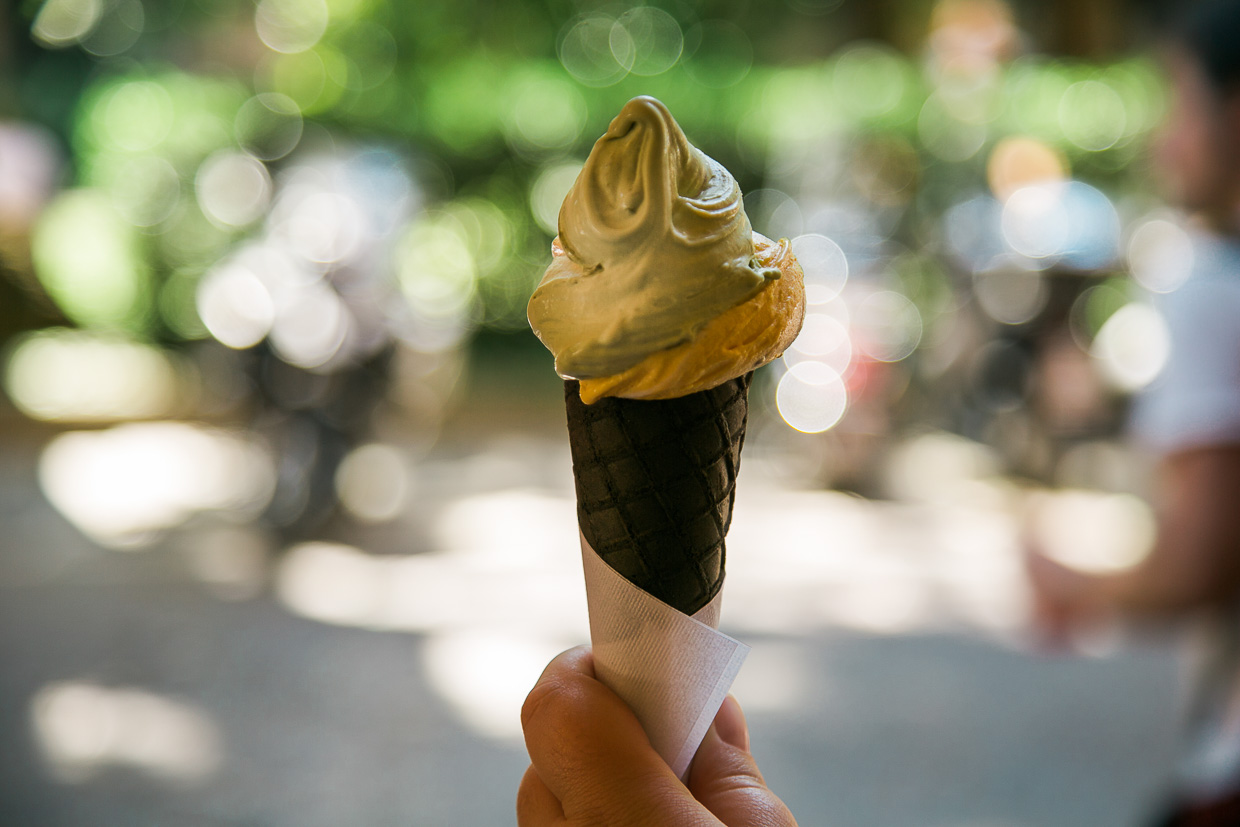
For people the world over, access to gelato is pretty straightforward. Access to the very best gelato though is saved for a visit to its place of origin, Italy. On a hot summer’s day in the boot-shaped country, nothing will cool you down quite like a gelato.
If you’re going to eat gelato in Italy, you’ll want to make sure it’s the very best. Even Italy has some unfortunate homogenized rip-offs. Cremeria Cavour, our favourite gelateria in Bologna, has all the hallmarks of quality. Gelato served in tins. Chilled but not icy. Served with a spade, not a scoop. A simple, yet delicious range of flavours. And a creaminess that is unmatched.
Don’t leave Italy without eating absolutely all the gelato you can. The calories are worth it.
Italian Sfogliatelle
From Lori Sorrentino of Travelin Mad
One of the best desserts to try in Naples, Italy is traditional Sfogliatelle, one of the most popular regional foods of Italy. Though it may be hard to pronounce (Italians pronounce it svoo-ya-dell), this clam shell-shaped Italian pastry is so delicious it doesn’t matter how you say it. Just eat it! You’ll find sfogliatelle all around central and southern Italy, but Campania is its original home. In fact, it’s very common in Naples to see sfogliatelle stands around the city streets selling only these pastries. The traditional sfogliatelle consists of paper thin layers of sweet dough that are filled with sweetened ricotta cream, cinnamon, and sometimes lemon zest or candied orange bits, and baked until crispy. The flaky layers separate during baking, creating a yummy textural contrast to the soft filling inside. It’s not the easiest thing to eat, but sfogliatelle is perfect with an espresso anytime of day!
Granita, Sicily
By Annabel Kirk of Smudged Postcard
Granita is a popular frozen dessert in Sicily. Although it is similar to ice cream and sorbet, it lacks the creaminess of ice cream and has a far coarser texture than sorbet.
Granita is made from sugar and water along with a specific flavouring. Common flavours include lemon, coffee and almond. Particular flavours vary from city to city. Pistachio is typical of Bronte near Catania while coffee flavoured granita is typical of Messina.
With temperatures hitting 40 degrees in the summer months, granita is a refreshing dessert to try whilst on holiday in Sicily. One of the best places to eat granita is in the Piazza del Duomo during a visit to Syracuse in south east Sicily.
Gelato on Brioche, Sicily
By Jennifer of Sidewalk Safari
The food in Sicily positively blew my mind and rates among my favorite travel memories. Let me give you some advice on what to eat in Sicily. Sicilian gelato has a reputation for being the best in the world. What’s not to love about a cold frozen treat on a hot day? As we sampled flavors ranging from tart Sicilian lemon to rich dark chocolate from Siracusa through the Baroque hill towns of Noto, Modica, and Ragusa,
I didn’t think it would be possible to kick Sicilian gelato up a notch until I arrived in Palermo, the gritty capital of Sicily. Instead of serving gelato the traditional way in a cup or cone, shops in Palermo serve you a kind of ice cream sandwich on brioche. Imagine two or three scoops packed into a fresh, eggy bun; handy to help mop up any drips if your gelato starts to melt before you can finish it. Even better, gelato on brioche is popular for breakfast in Sicily. What an amazing way to start the day!
Dutch Pancakes
Even though pancakes in the United States are generally only eaten for breakfast, the sweet pancakes in the Netherlands can be eaten all day long. The pancakes in the Netherlands are more like a cross between a US pancake and a crepe. They are thin and large. The toppings occupy as much space as the pancakes. You can choose fruit such as apples, raisins, nuts or cherries. Then you can add a sauce such as cream cheese or try some local gouda. My favorite pancake was eaten on a day trip from Amsterdam to Zaanse Schans, A living history museum in the Dutch countryside with windmills, a wooden shoe factory and canals. Restaurant De Kraai has a peaceful patio right on the canal to sit and each your pancake in the perfect Dutch setting.
Stroopwafels from the Netherlands
By Natalie from Love and Road
Pączki from Poland
From Ania of The Travelling Twins
Pączki (for English speakers: pronounce the word “ponch-key,”) are a popular dessert in Poland at any time, but “Fat Thursday”, the last Thursday before Lent is the day when pączki take centre stage in a nationwide binge. On this day an average person buys at least 10-20 of them.
What then are pączki? – They are light-textured deep-fried sugared doughnuts but without a hole. When I was a child, I knew only the two kinds my grandma made: with jam filling or without. Now you can buy pączki with any filling you can imagine – chocolate, jam, cream, even advocaat! As much as I like them, I can’t forget that every one brings four or five hundred calories with it, depending on the filling and how it is fried.
Places to buy the best pączki are passed from friend to friend. Our favourite place in Krakow to eat best doughnuts ever is Stara Paczkarnia located in Jewish Quarter.
Pastéis de Nata from Portugal
From Mikkel Woodruff of Sometimes Home
As soon as you start to research a trip to Portugal and their cuisine you’ll immediately start to see the same custard tarts show up in Google and Pinterest, especially. These little tarts, no bigger than two inches in diameter, are sweet pastries called Pastéis de Nata. A traditional “pie” shell is filled with a sweet filling made from usual ingredients (butter, sugar, water, milk, a hint of salt to balance it out) but when they’re all together in the right proportions the result is magic! They are always baked until the top of the custard gets slightly browned so you’ll usually find they have brown spots on top. That’s simply a result of the baking!
The most iconic place to get them is at Pastéis de Belém, which opened in 1837 and has a secret recipe. Don’t worry if the line is long – it moves quickly! Belém is just a short trip from Portugal’s capital, Lisbon. (It’s 25 minutes by car or an hour by train.) Yet you’ll be able to find them nearly all over the country and they’re very affordable at about one to three euros each.
By Laura at The Travelling Stomach
So whilst a visit to Spain will undoubtedly bring you many tapas-style dishes, such as croquettes and pan con tomate, a visit to its Iberian neighbor, Portugal, will yield one sweet dish, in particular, more often than not during your visit – Pastel de nata. This famous custard tart is now eaten widely across continental Europe, but it was in the heart of Portugal’s capital, Lisbon, where it all began. In a parish in the 18th century, monks would use the egg whites to starch friars’ habits and so used the leftover yolks to make sweet dishes, proliferating the Pastel de Nata, which was a key source of income when the monasteries threatened to close. To this day, you can find a producer in Belem still owned by descendants of these monks – the top spot to enjoy this delicious treat!
Bola de Berlim, Portugal
From Marco Santos of Travel-Boo
Imagine hot sunny days on the beach, lazing around and perhaps cooling down with an ice-cream or two. Well, this is not necessarily the case on Portugal’s beaches. Ask any Portuguese what their favourite beach time snack is, and the answer would most likely be, a Bola de Berlim.
Not an obvious beach snack choice, yet this Portuguese version of the German Berliner doughnut is without a doubt one of my favourite desserts to be had in Portugal. The soft sponge ‘ball’ doughnut, filled with an egg-custard cream and topped with sugar is pure indulgence and a must try when you next visit Portugal.
The Bola de Berlim has become so popular that it has not only inspired a range of different flavour variations (including Nutella, Oreo, Ferrero Rocher and others), but you can now also order them online with deliveries within 24 hours (within Portugal of course).
Now there’s absolutely no excuse not to enjoy a Bola de Berlim in Portugal!
Travesseiros from Portugal
By Soumya from Stories by Soumya
The best part about visiting Portugal is getting to taste so many different desserts. Every city has its own. And my favorite is the Travesseiro from Sintra.
Travesseiros are soft, pillow-shaped, puff pastries filled with almond cream that is made by combining almond, cinnamon, sugar, and egg yolks. The recipe was invented by the famous house of Piriquita in Sintra which is why these sweet treats are often referred to as the Piriquita Pillows.
So while you explore the many interesting palaces of Sintra, a must-have on any Portugal itinerary, do not forget to stop at Casa Piriquita and bite into one of their delectable travesseiros. Served warm at your table, sprinkled with sugary goodness, the travesseiros of Sintra will linger in your mouth for long afterward.
Malasadas from The Azores Islands, Portugal
From Wanderlust Crew
One of my favorite European desserts was actually introduced to me in Hawaii. Malasadas are a donut-like fried bread that originated in Portugal but made their way to Hawaii in the early 1900s with many Azorean immigrants who came to work on sugar plantations. However, the Hawaiian Malasada is quite different than the Azorean Malasada. While Hawaiian Malasadas are more like a cream-filled donut, Portuguese Malasadas are more of a fried bread, cut in half with the filling spread across the middle and put back together like a sandwich. They are also frequently eaten without any filling at all.
Malasadas came to life when Catholic Azoreans would try to use up all of their lard and sugar just before giving it up for lent. You can find homemade Malasadas all over the Azores, but especially in Sao Miguel, as each island has its distinct food and traditions. Learn more in the Azores food guide.
Romanian Salam de Biscuiti
from Karolina of Lazy Travel Blog
It looks like a savoury Italian processed meat but the Salam de Biscuiti is actually one of the best Romanian desserts to try in Europe. This no-bake Romanian chocolate treat will be the perfect match for a nice cup of tea or coffee after a walk through the hilly countryside of Romania. Easy to make, you will find them in any pastry shop in Romania. There, you can also find cooking schools where you can learn how to make your own.
Made with crushed butter cookies, cocoa powder, milk, sugar, and butter, this easy-to-prepare treat would be the best souvenir to take home from a Romanian holiday. You can even add customize it by adding sprinkles and chocolate chips.
Papanasi from Romania
From Rachelle of Adventure is Never Far Away
Traveling to Romania and worried about being able to satisfy your sweet tooth? Never fear, the papanași is here! Pronounced pop-ah-NOSH, papanași is a traditional Romania pastry that can be found from Bucharest to Sibiu to Cluj and everywhere in between. Papanași are two fried balls of dough stacked on top of each other, with a smaller one on top, slathered in sour cream and a berry jam. Don’t worry – the sour cream is actually sweet and the best part. Traditionally an order comes with two papanași, so it’s the perfect dessert to share. If you love donuts or any kind of fried dough, you’ll love papanași!
Restaurants will boast that their papanași is the best, but you be the judge. After sampling papanași all over Bucharest and Transylvania, I discovered that my favorite papanași was found at La Dobrun in Sibiu. Happy eating!
Teresa from Brogan Abroad
Torte Napoleon from Russia
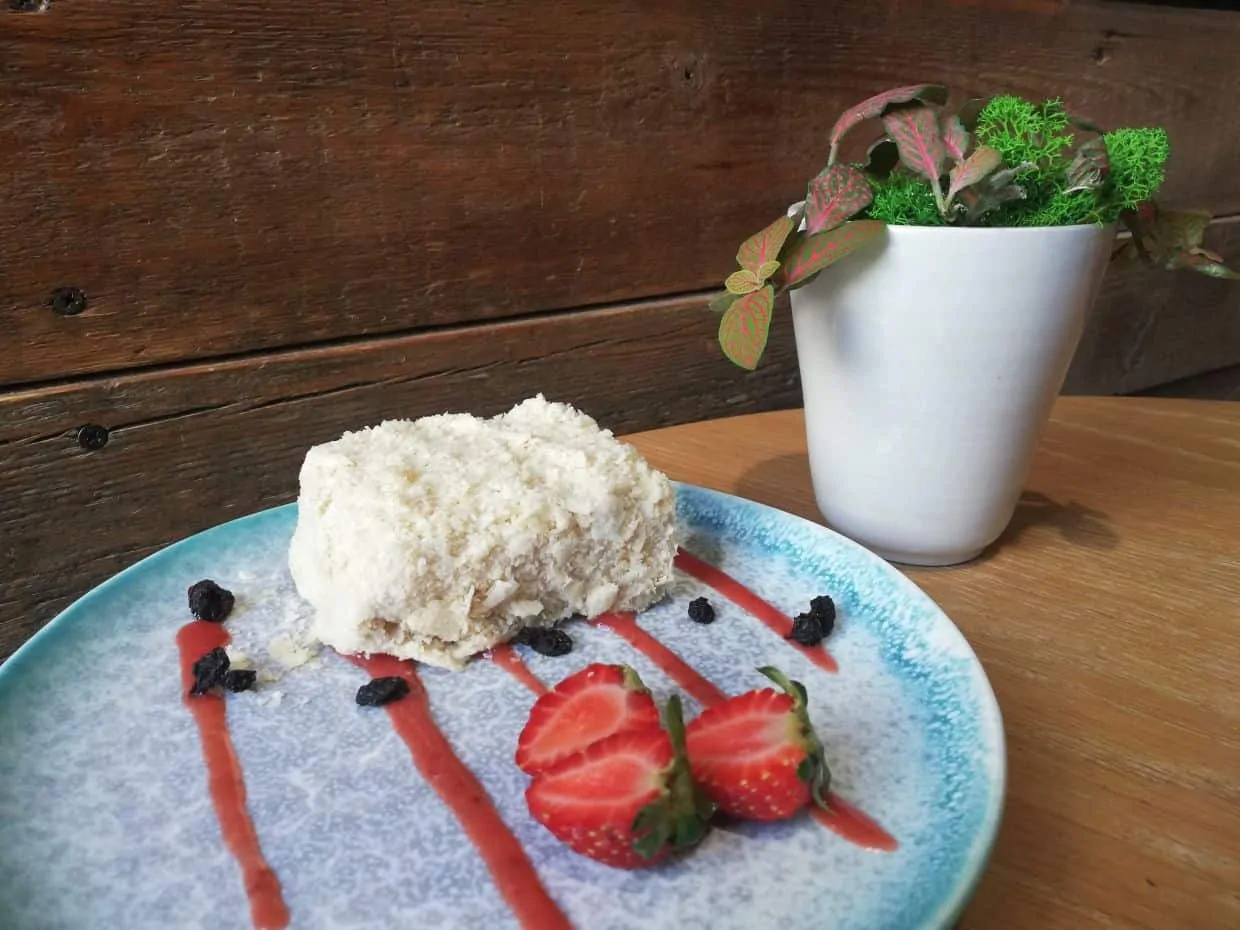
This decadent layer cake is made with up to 16 layers of crispy puff pastry alternating with custard cream. The cream softens the pastry layers, making the whole thing melt in your mouth.While the name certainly sounds like this dessert was borrowed from France, it’s origins are not totally clear. France did have a strong influence over Russia at one time, and there’s a French dessert called mille-feuille that’s similar to Torte Napoleon. However, one theory is that it actually came from Naples in Italy, and that “Napoleon” is a mispronunciation of “napolitain” or Neapolitan.Wherever it originated, it has now become a quintessentially Russian treat. While Torte Napoleon is traditionally made with lots of egg yolks and butter, but nowadays you can also find vegan versions of this classic Russian dish. For example, there is a vegetarian restaurant in Moscow called Fresh that makes an amazing Torte Napoleon with coconut cream.
Deep-Fried Mars Bars from Scotland
From Josh of Peanuts and Pretzels
Moskva Schnitt from Serbia
From Stephanie Craig of Sofia Adventures
Serbian Pita
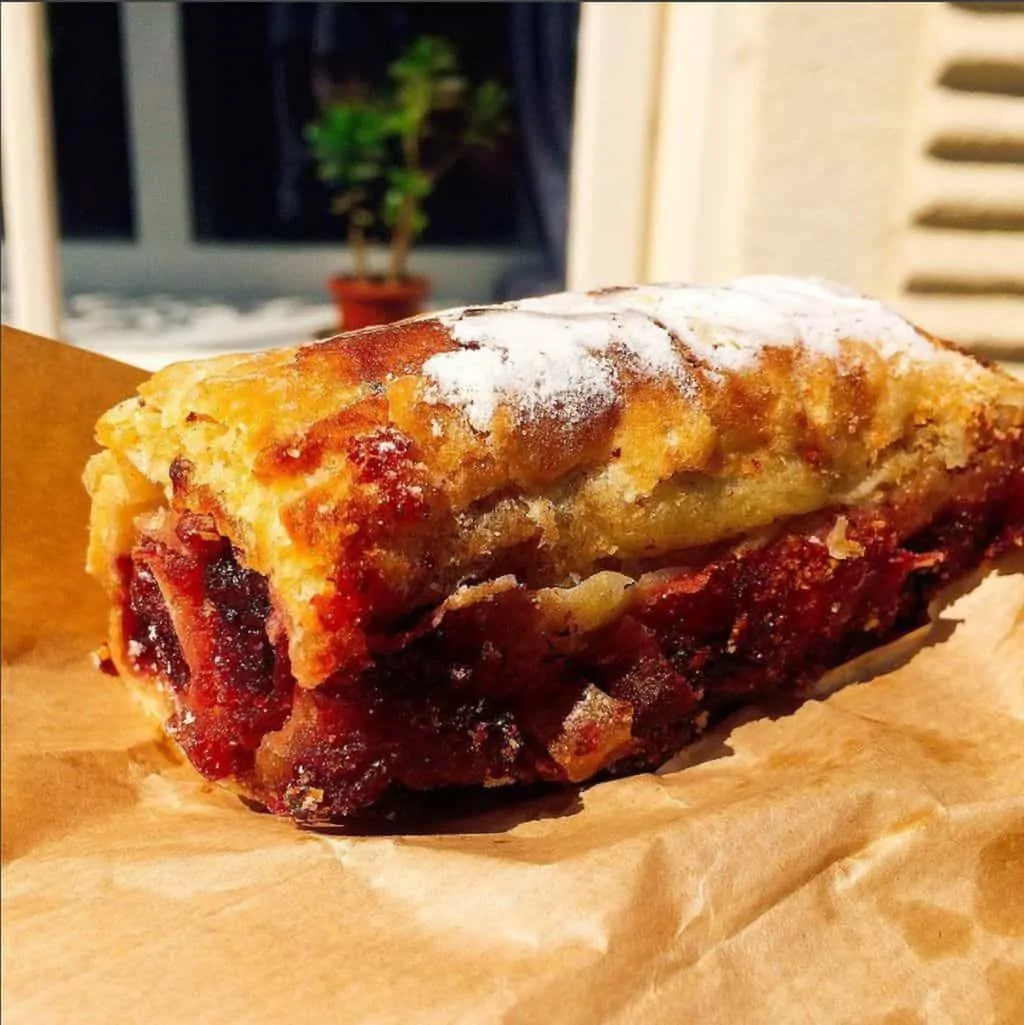
In other parts of the world, a “pita” refers to a type of sandwich, or the bread used to make such a sandwich. But in Serbia, a pita is something much sweeter! It’s a flaky pastry that’s filled with a fruit-based filling, such as cherries or apples. The apple version is not unlike the apple strudel eaten in Austria. Pita is sold in bakeries all over the country and is a very popular dessert in Serbia.You can also find egg-free and dairy-free versions, which are called “posna pita”. The Serbian word “posna” refers to the fasting tradition observed by followers of the Serbian Orthodox Church. During fasting periods, which include several weeks leading up to Easter and Christmas, believers abstain from eating any land animals as well as eggs or dairy products. Some people even fast every Wednesday and Friday throughout the year, which means that posna pita are pretty easy to find in any season.
Carbayon from Spain
From JB Macatulad of Will Fly for Food
Xuixo in Girona, Spain
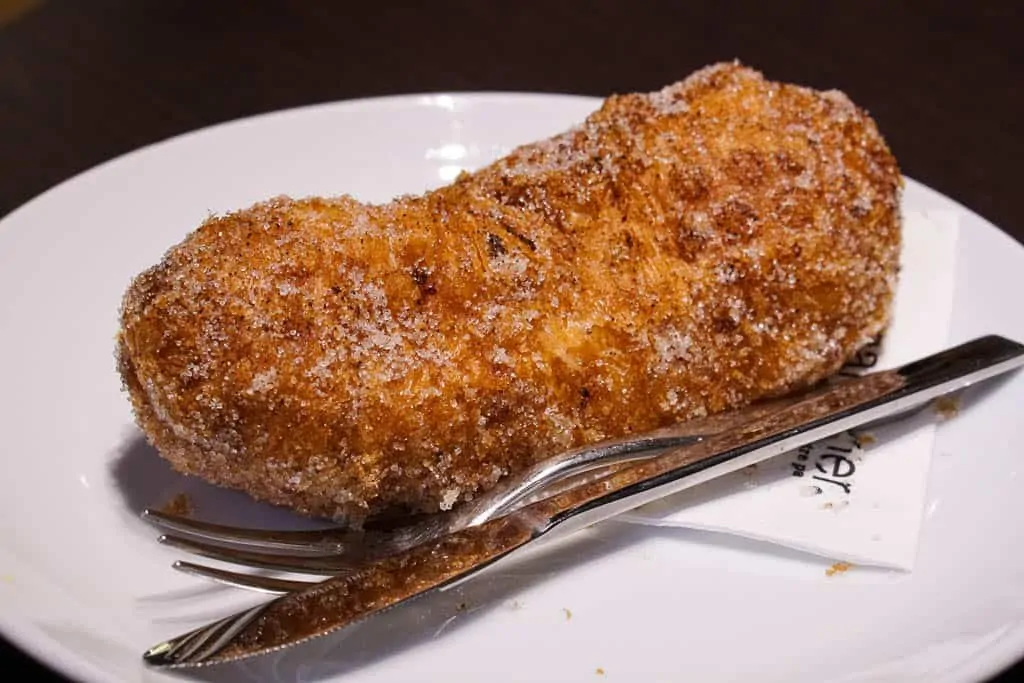
Spanish Pionono
From Joanna of The World in my Pocket
Pionono is a traditional dessert that you can only taste in Granada, Spain. I tasted this typical dessert during a food and tapas tour of Granada.
The pionono has been invented by a local pastry chef when Pope Pius IX, also known under the name of “Pio Nono” proclaimed the Immaculate Conception doctrine.
The dessert is quite sweet, being practically a small sponge cake left to ferment in syrup, served with a biscuit that resembles the pope’s hat and a dollop of cream. On top, it has cream which has been burned bit a blowtorch, similar to the French Crème Brulee but softer rather than crunchy. The pionono is supposed to be eaten in one bite.
Arroz con leche from Spain
From Paulina at Paulina on the Road
Bled Cream Cake from Lake Bled, Slovenia
By Dhara from It’s Not About the Miles
A visit to the beautiful Lake Bled in Slovenia would not be complete without a taste of the famous Bled cream cake. The kremšnita was first created in 1953 by pastry chef Ištvan Lukačević, who was working at the Park Hotel in Bled at the time. So if you want to try a slice of the original Bled cream cake, head to the restaurant in the hotel.
The delectable treat consists of a layer of rich custard and a layer of whipped cream sandwiched between two thin layers of crispy puff pastry. Since its introduction, the hotel has served millions of the perfectly cubed desserts. The cream cake can be found on the dessert menu of every restaurant in Bled. Versions of the dessert are popular not just in Slovenia, but also in surrounding countries such as Croatia and Hungary.
Make sure you put sampling the Bled cream cake on your list of things to do in Lake Bled because it’s a scrumptious sweet treat you won’t forget in a hurry.
Swedish Chocolate Balls
By Alexander of Gourmand Trotter
Swedish Chocolate Balls is a real Classic in Sweden, and you can find it in almost every cafe around the country. They are basically balls made of butter, sugar, cacao, vanilla sugar, and some coffee mixed with oats. They are then dipped in grated coconut and refrigerated.
You can also find it in every Swedish supermarket, either freshly baked or ready-made from the brand Delicato. In Swedish, they are called ”chokladbollar” and in a cafe, one of them costs around 2-3 Euro.
Swedish Chocolate Balls are very popular and is an integrated part of the Swedish tradition of having a fika.
Trifle in the United Kingdom
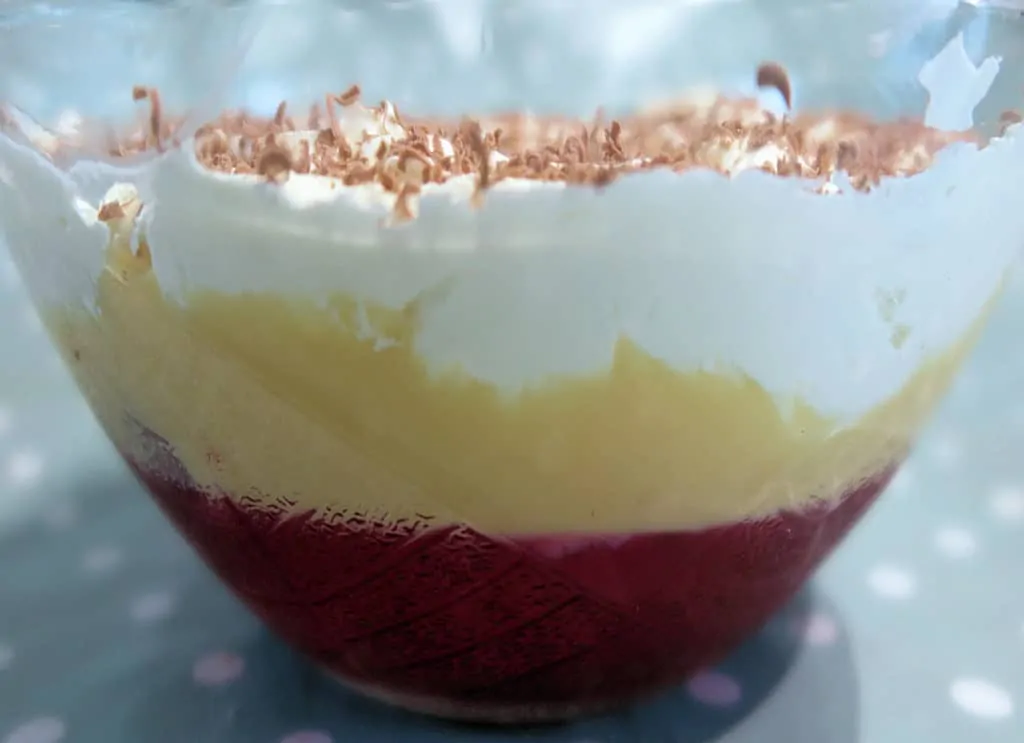
Which of these desserts have you tried? What is your favorite European dessert? There are so many great ones to choose from!
Keep watching my social media or subscribe to get the next article in my series on Desserts You Must Try Around the World.

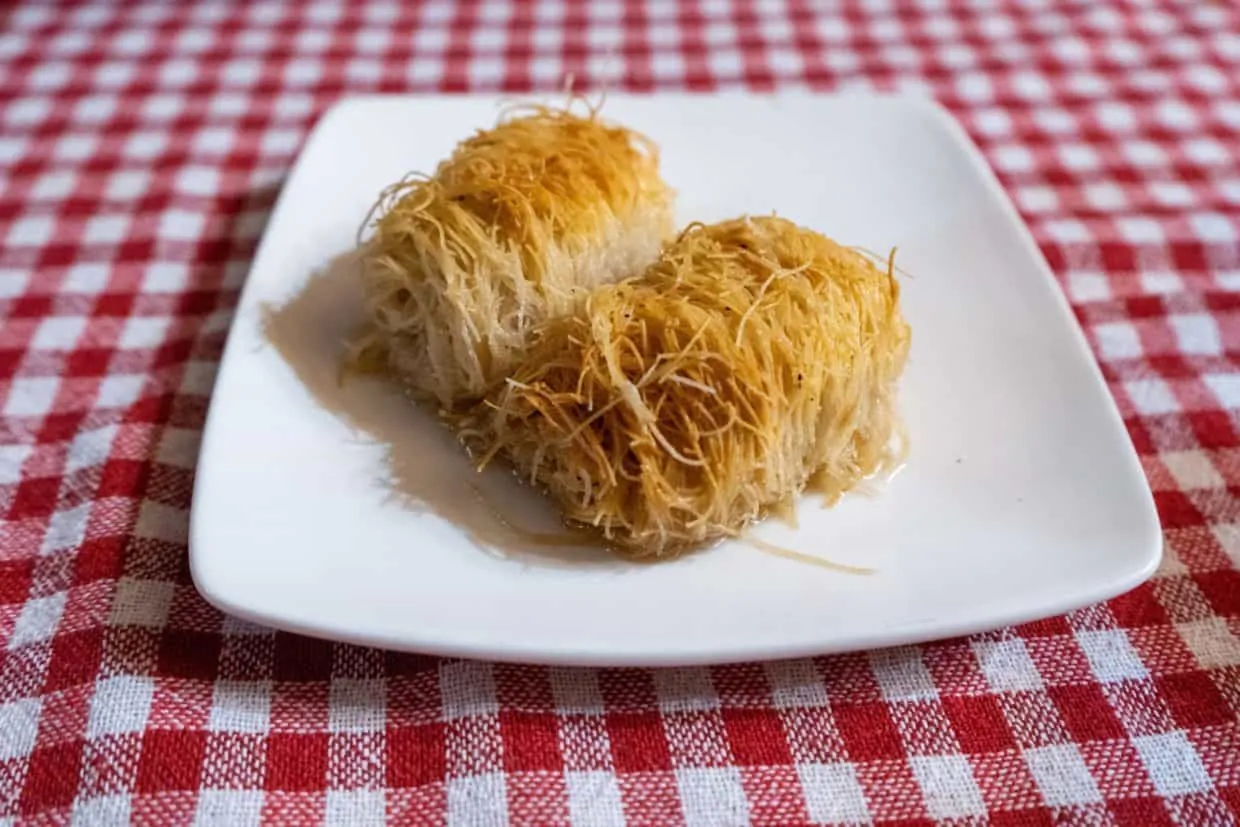
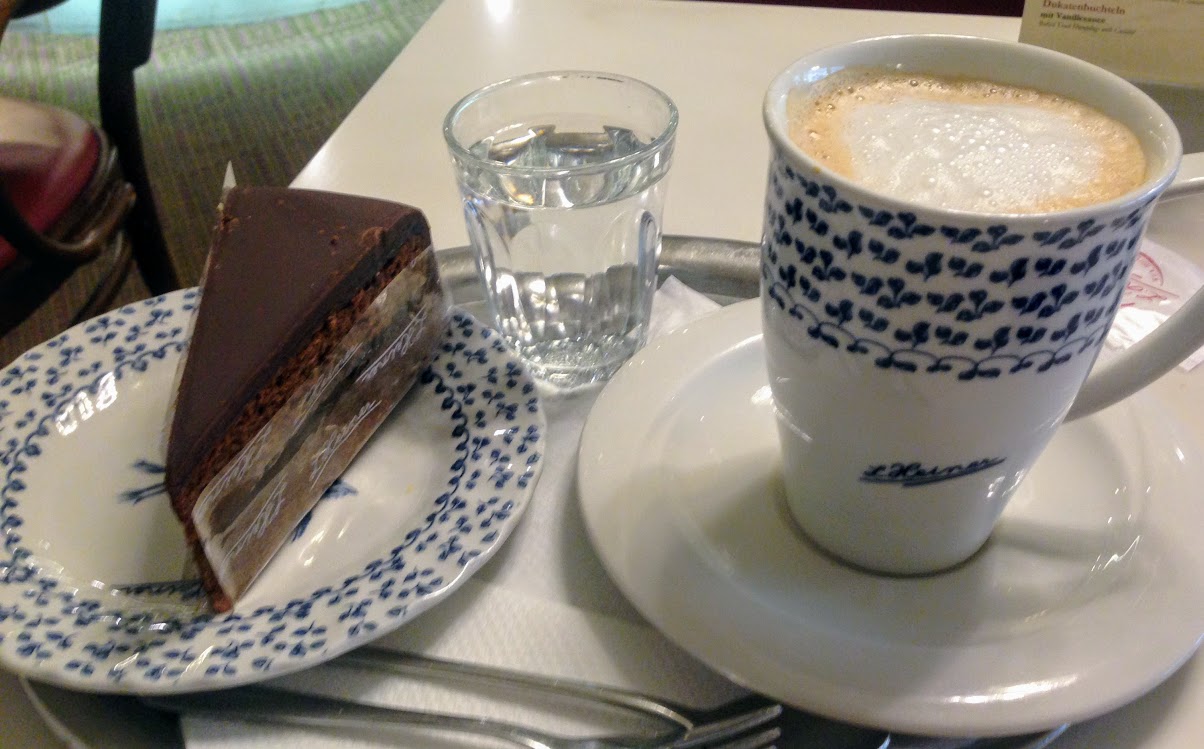
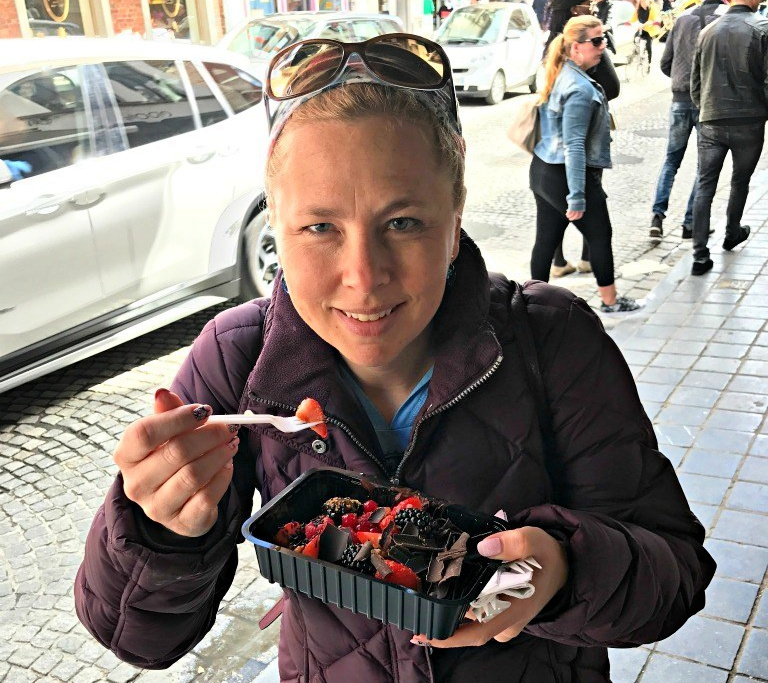
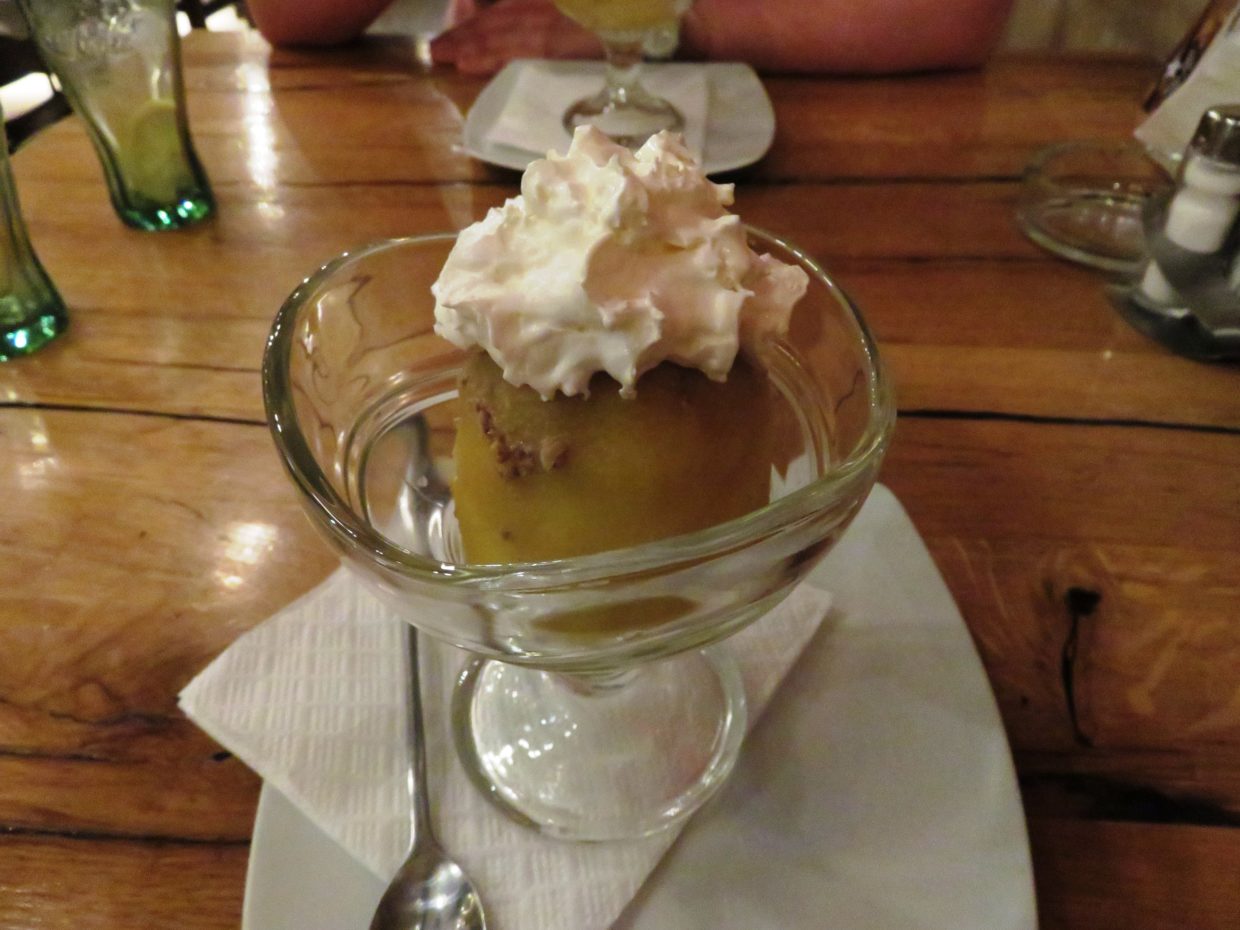
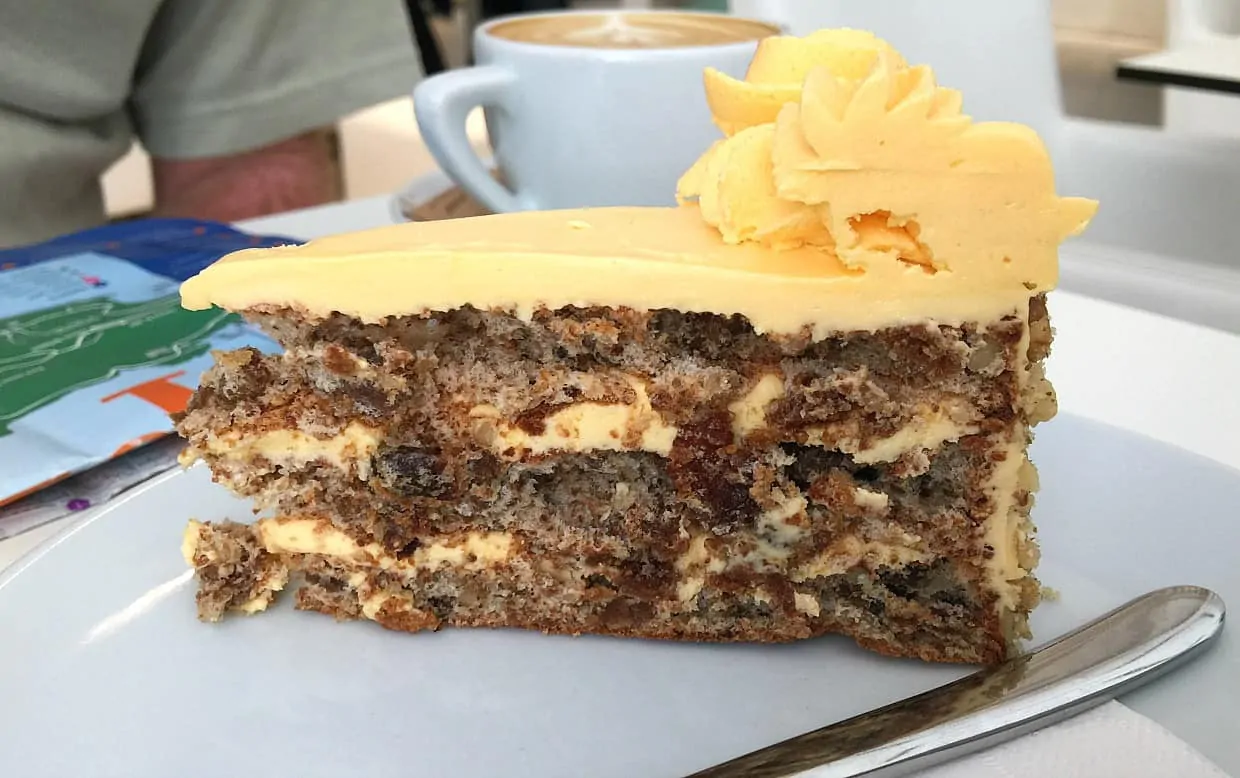
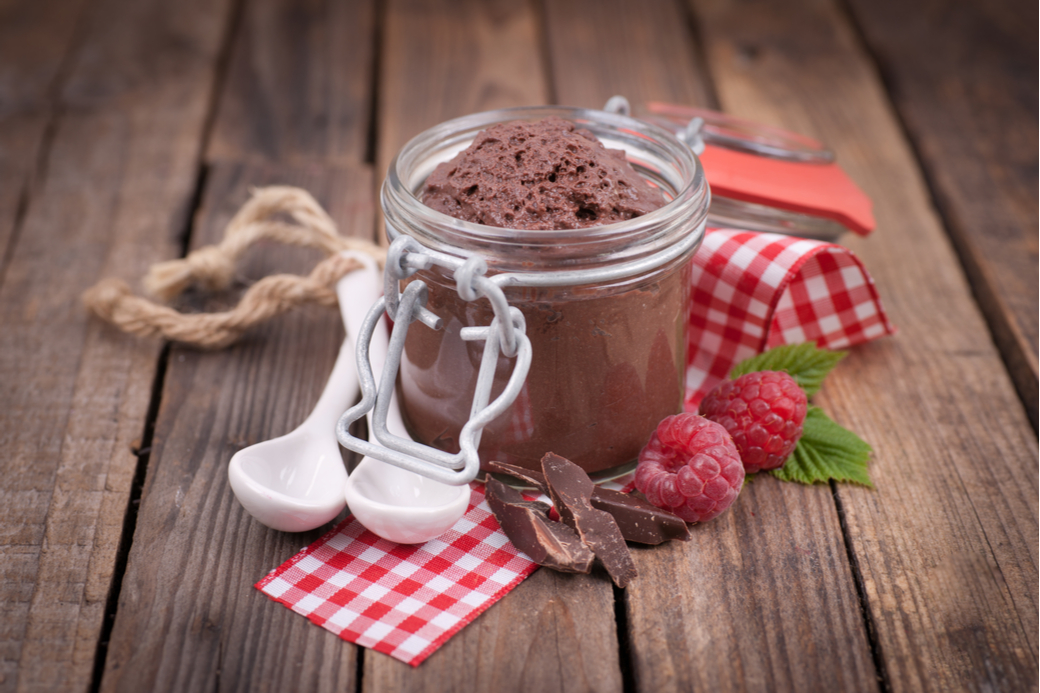
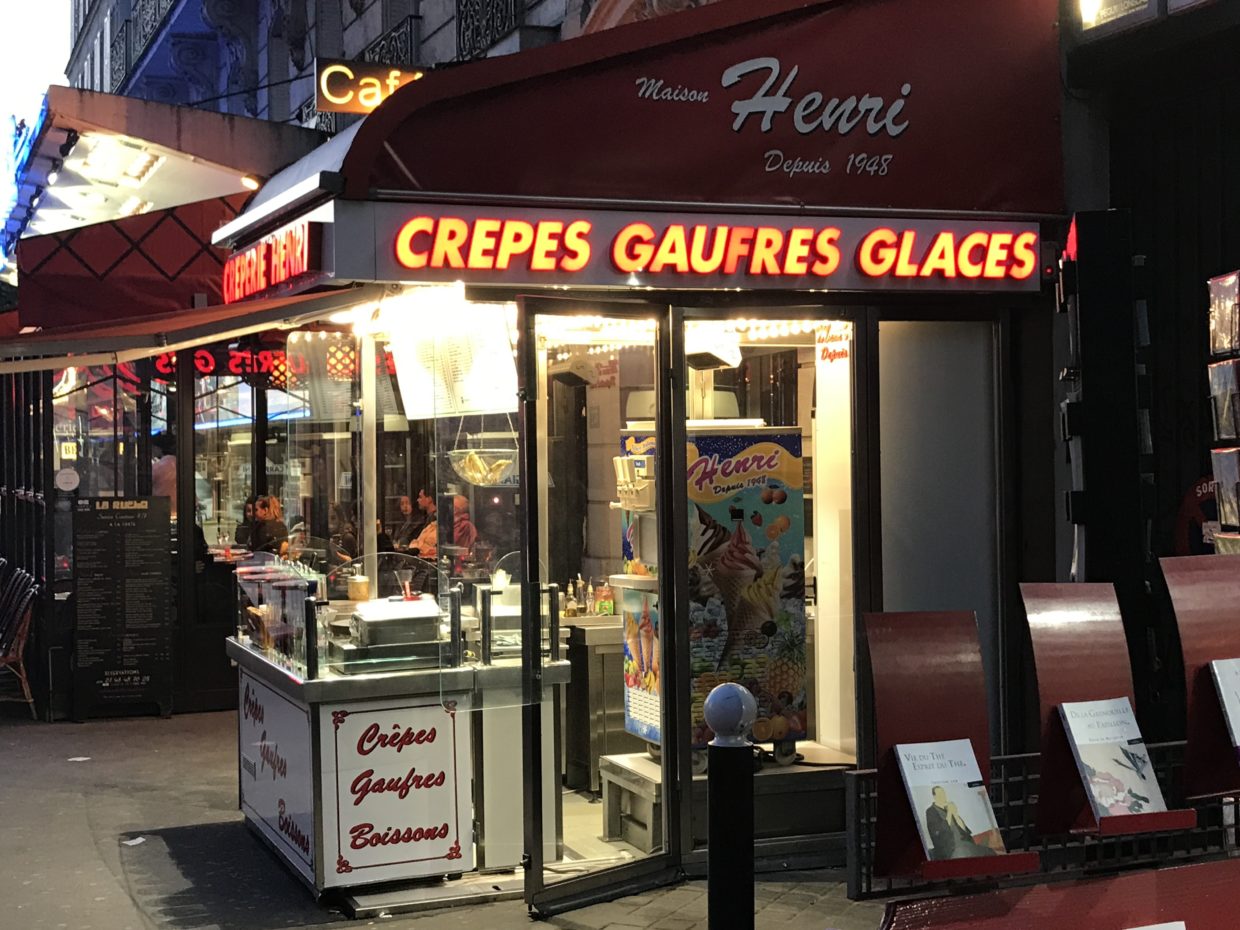
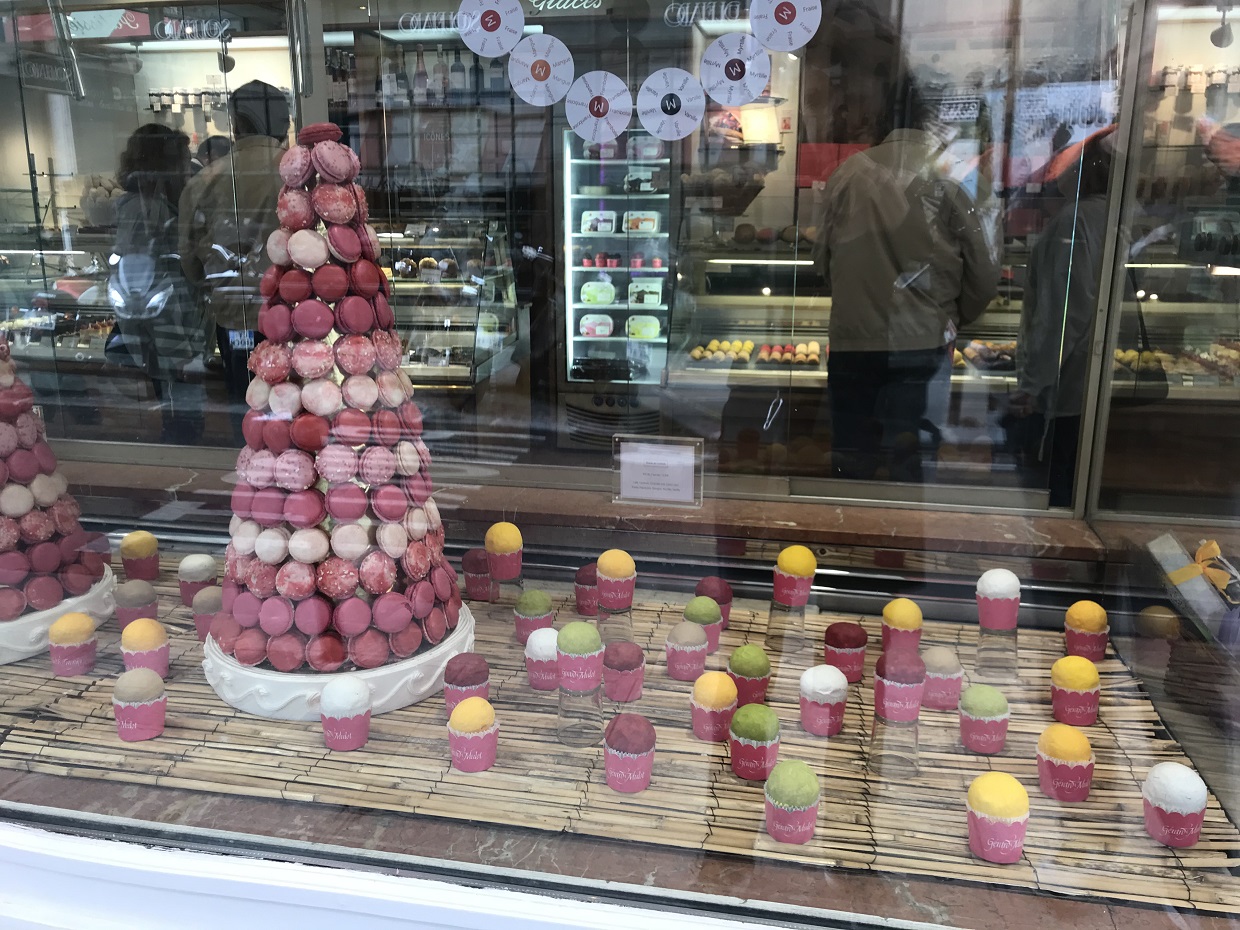
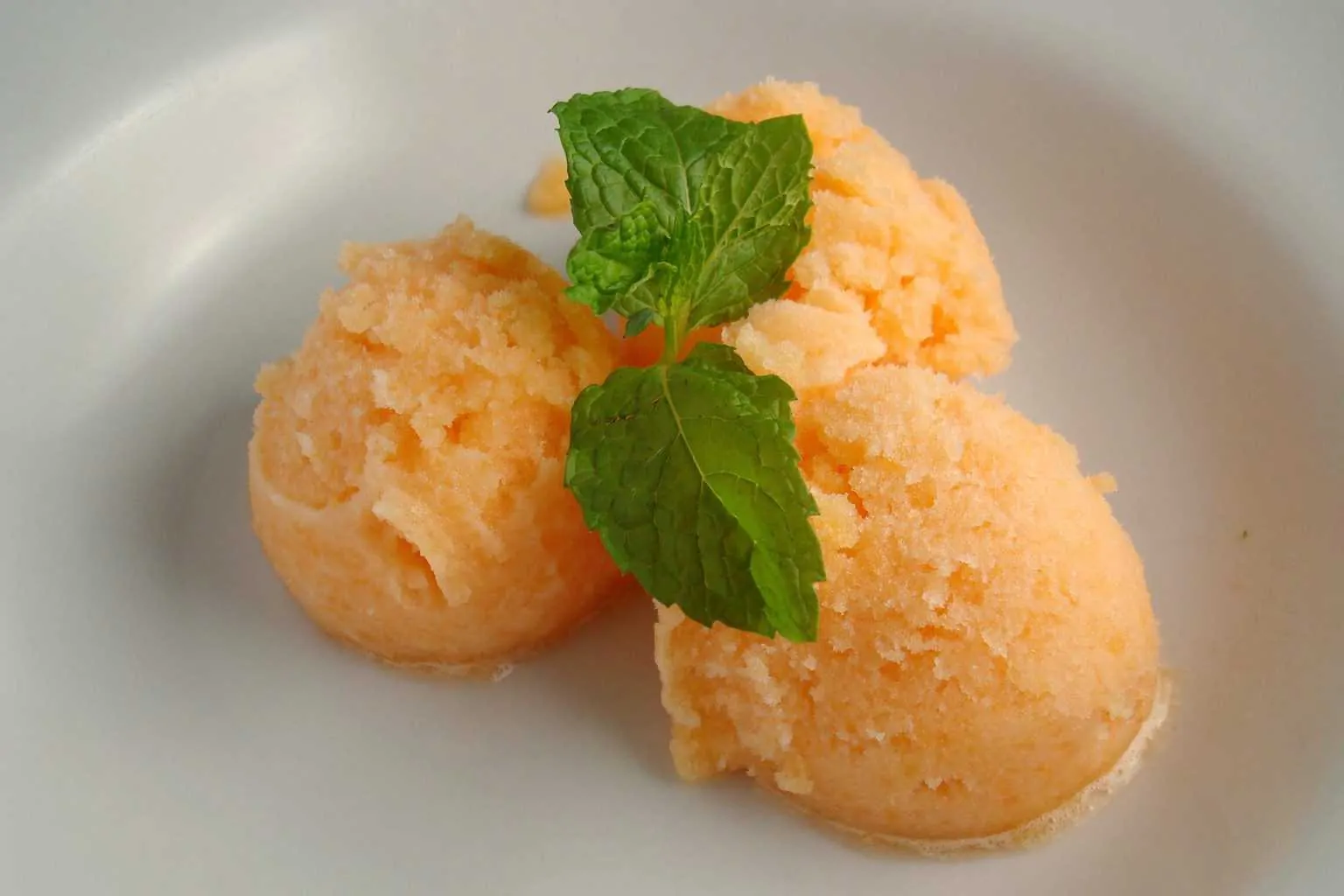
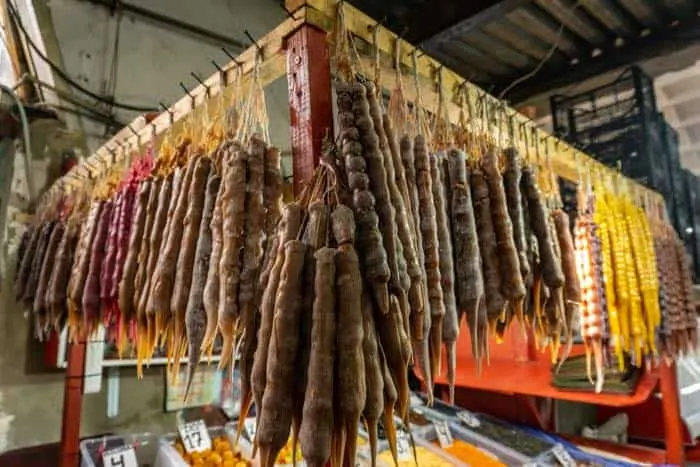
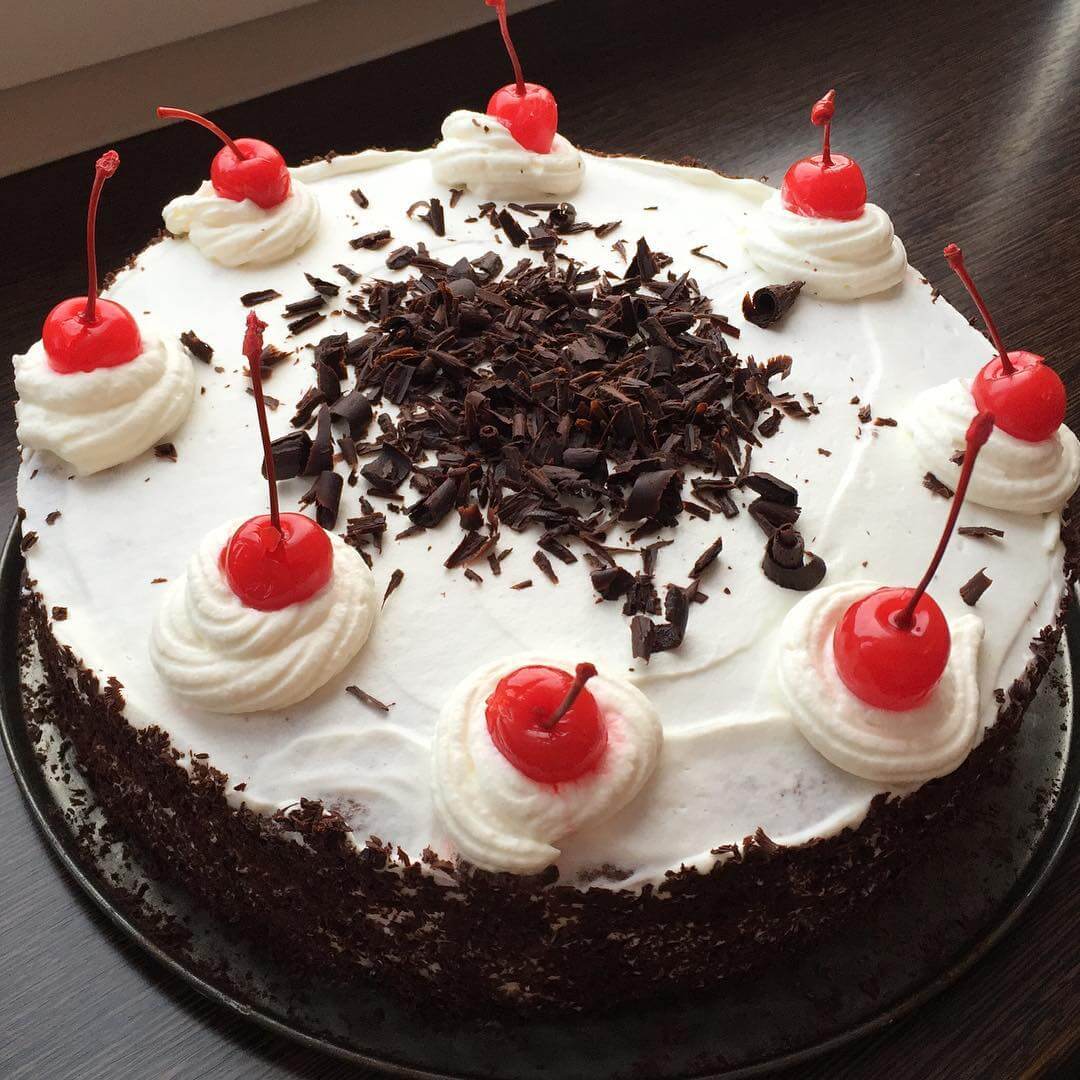

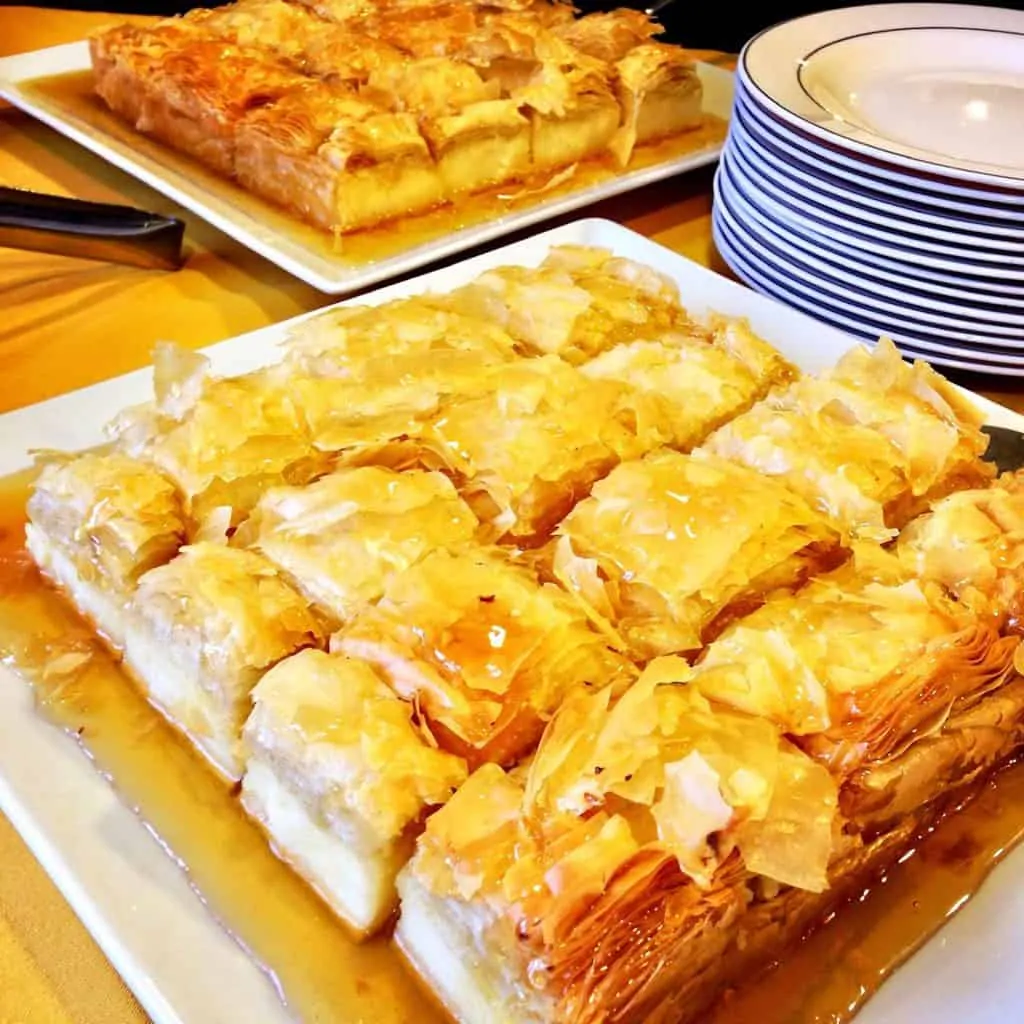
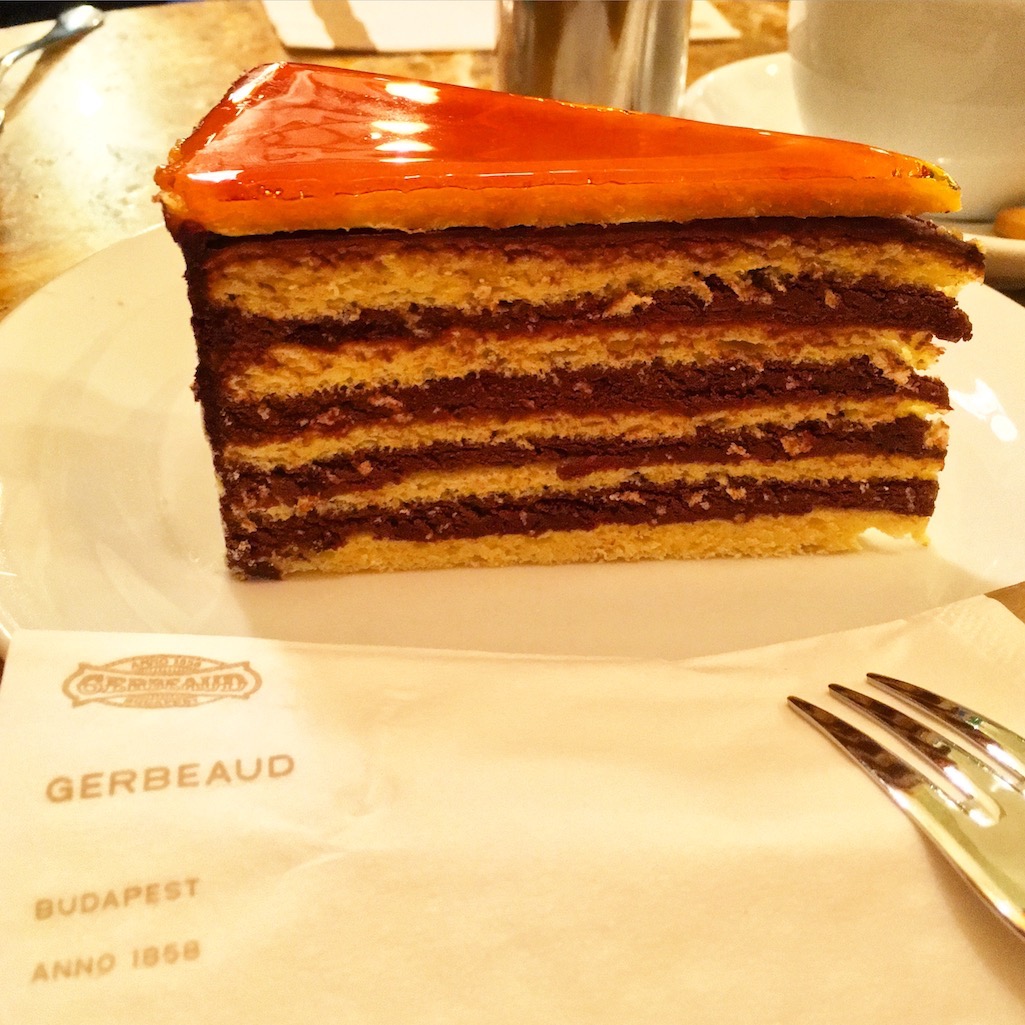
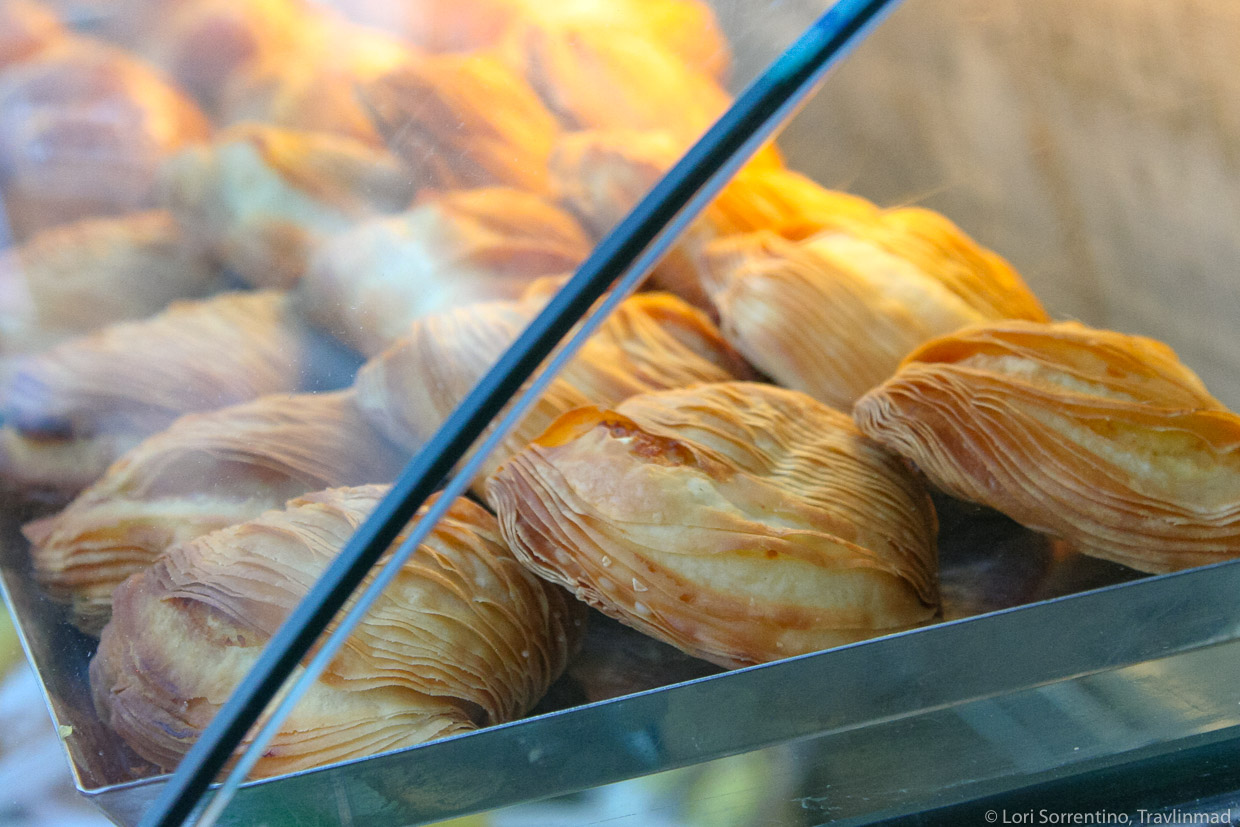
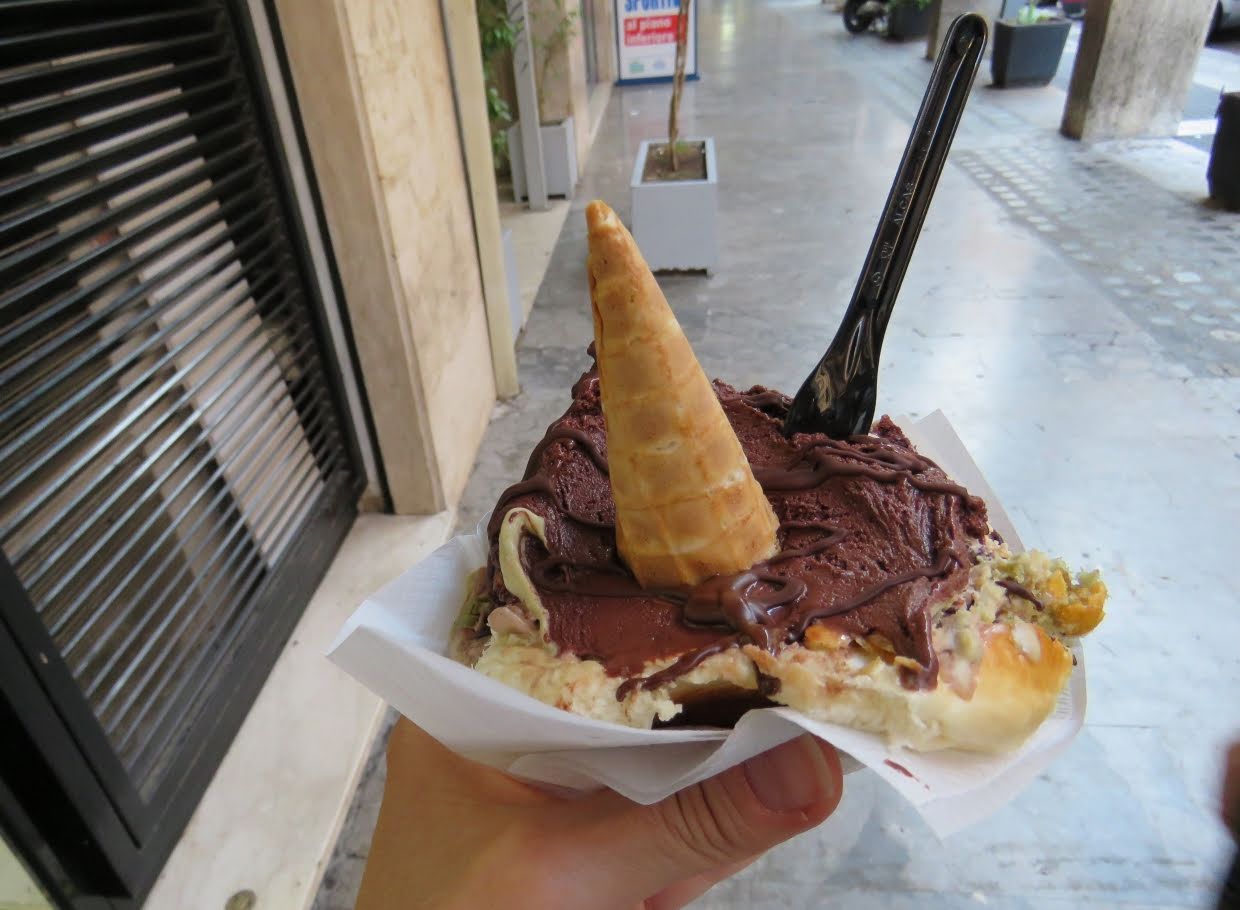
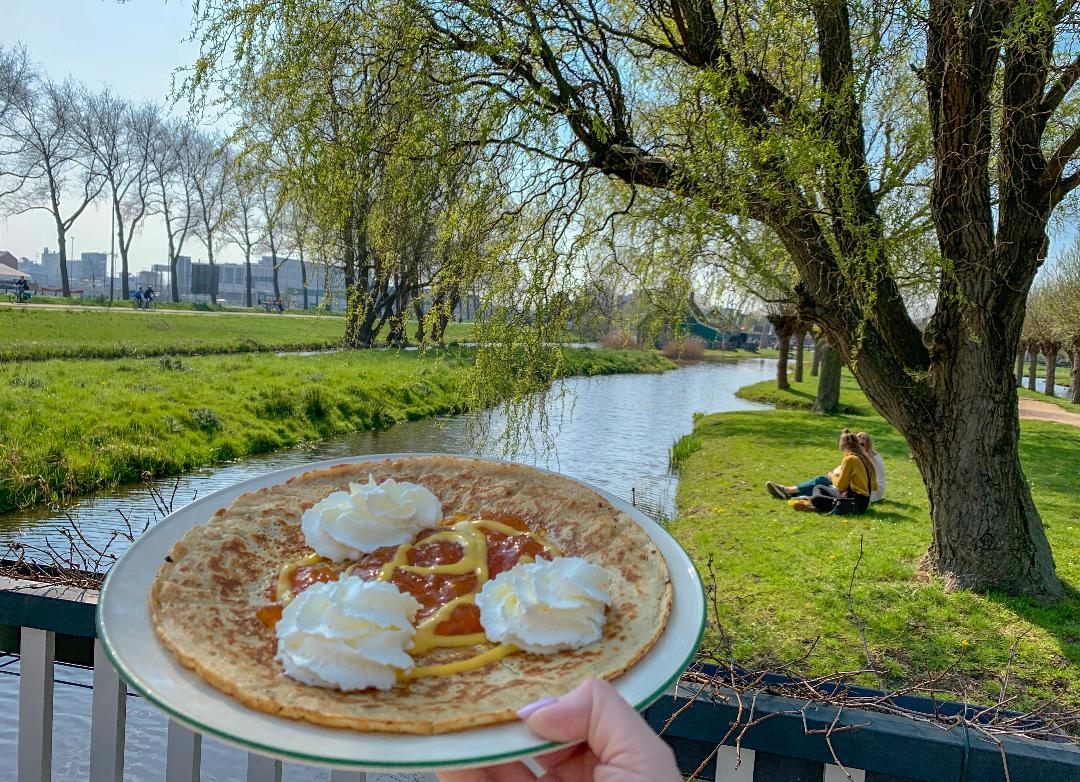

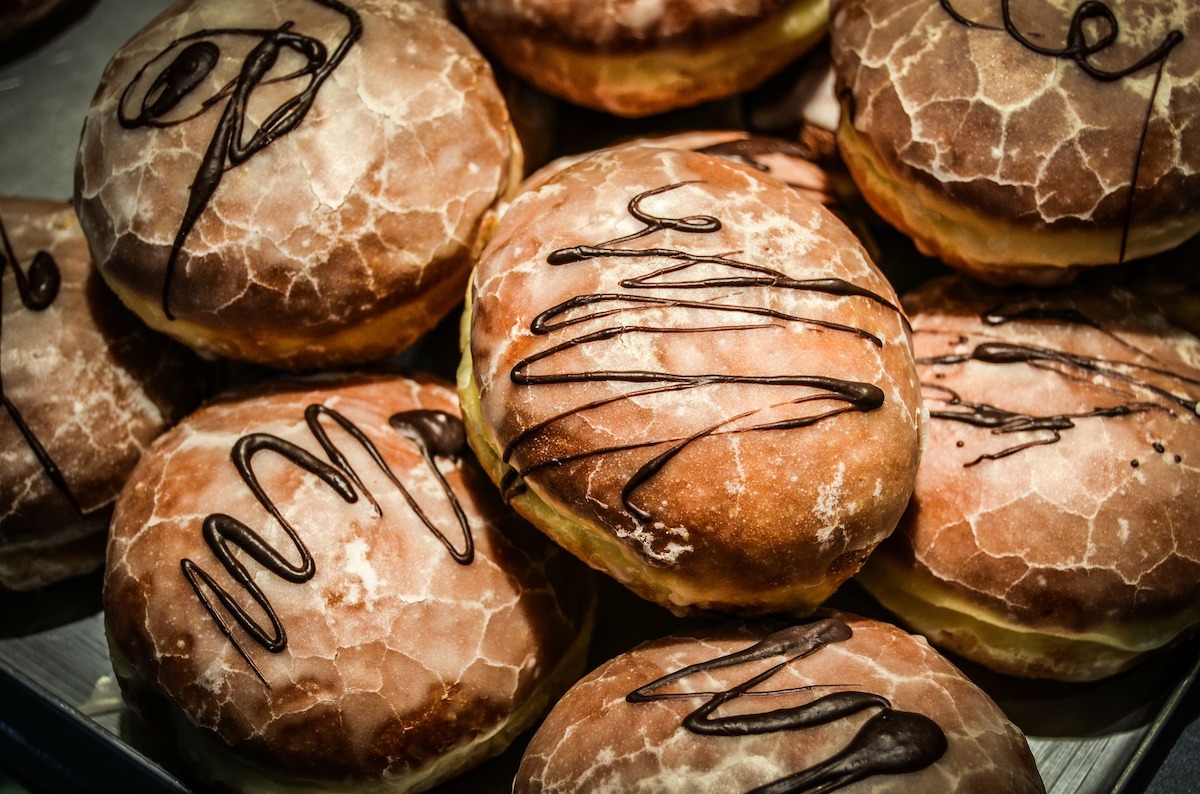
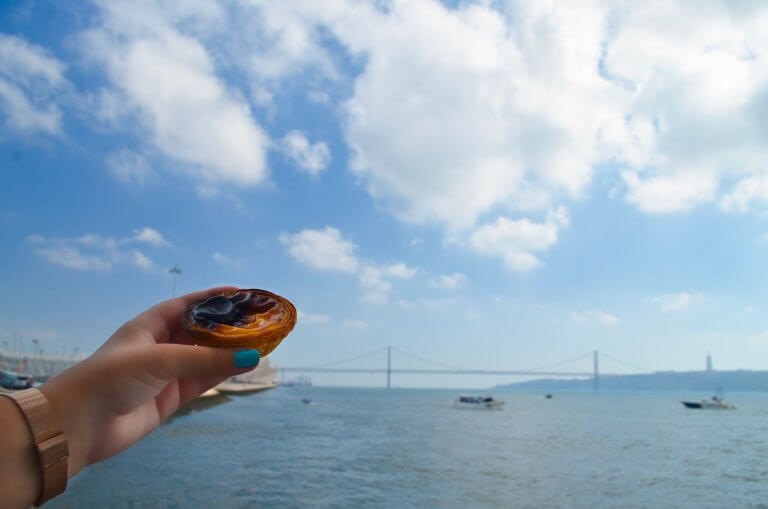
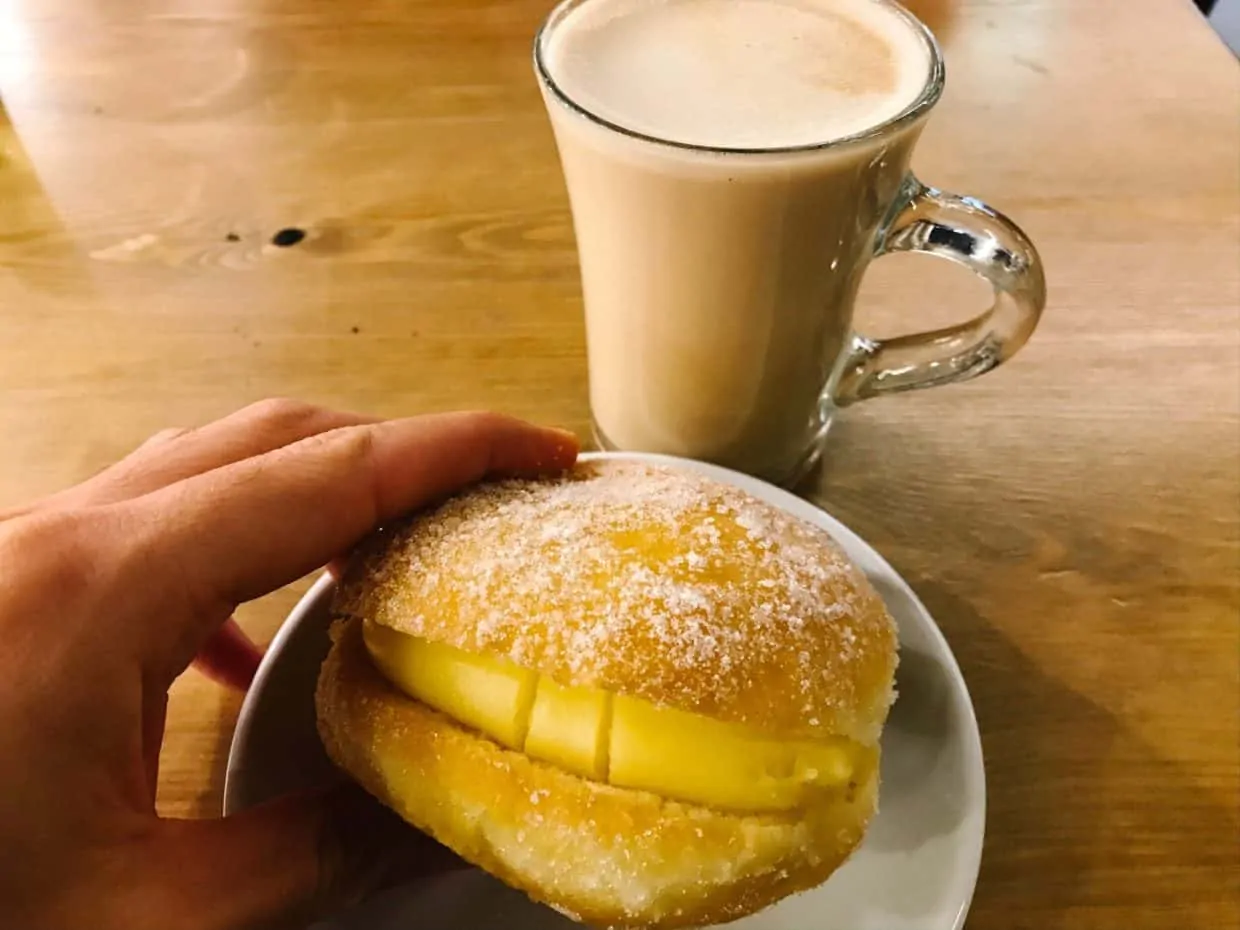
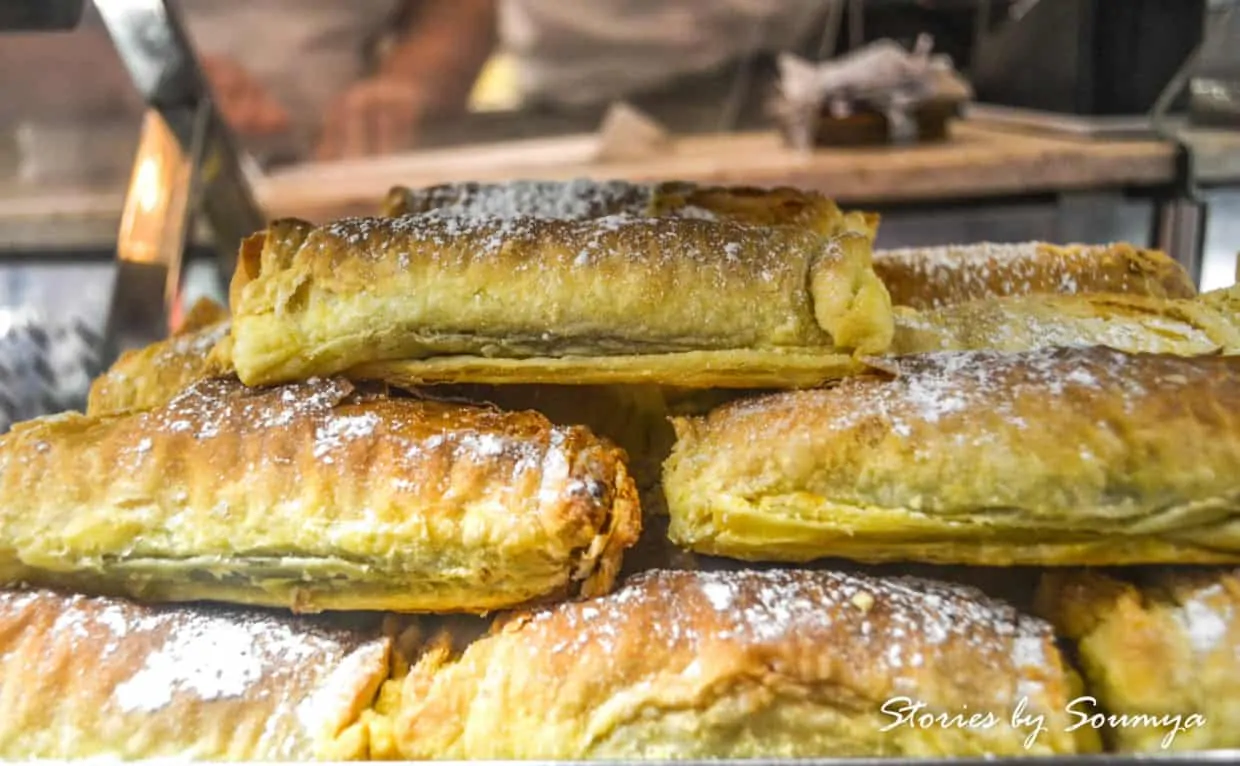
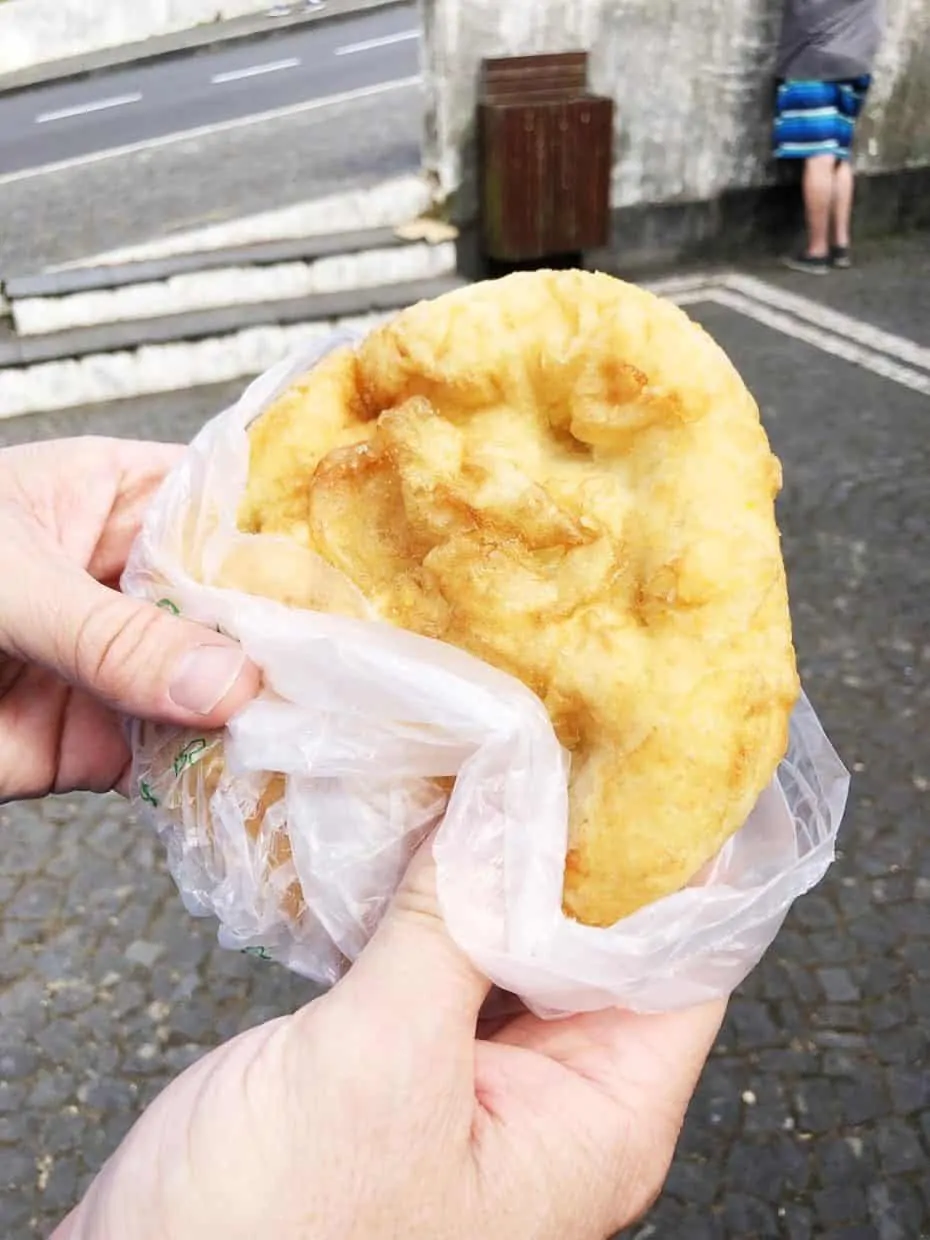
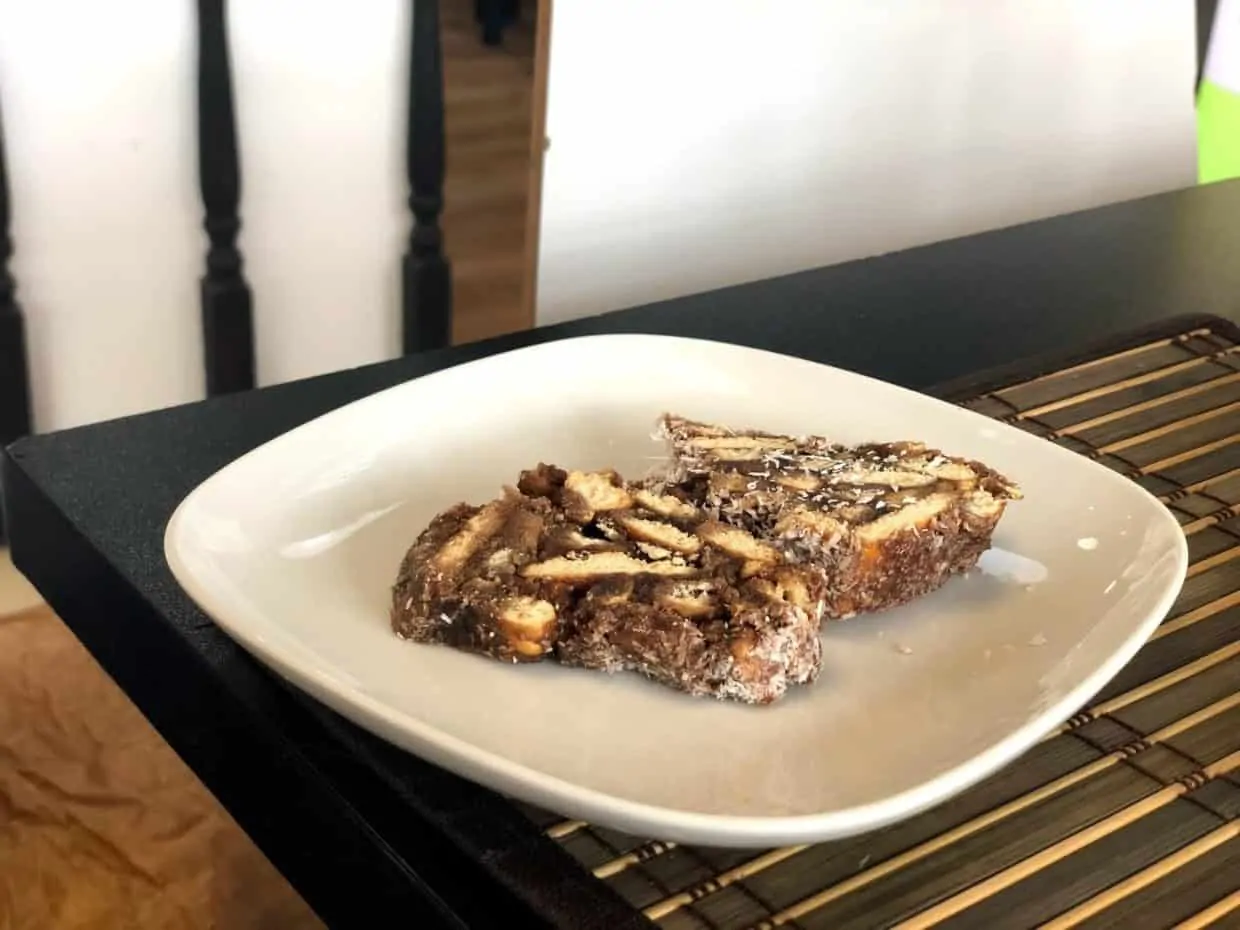
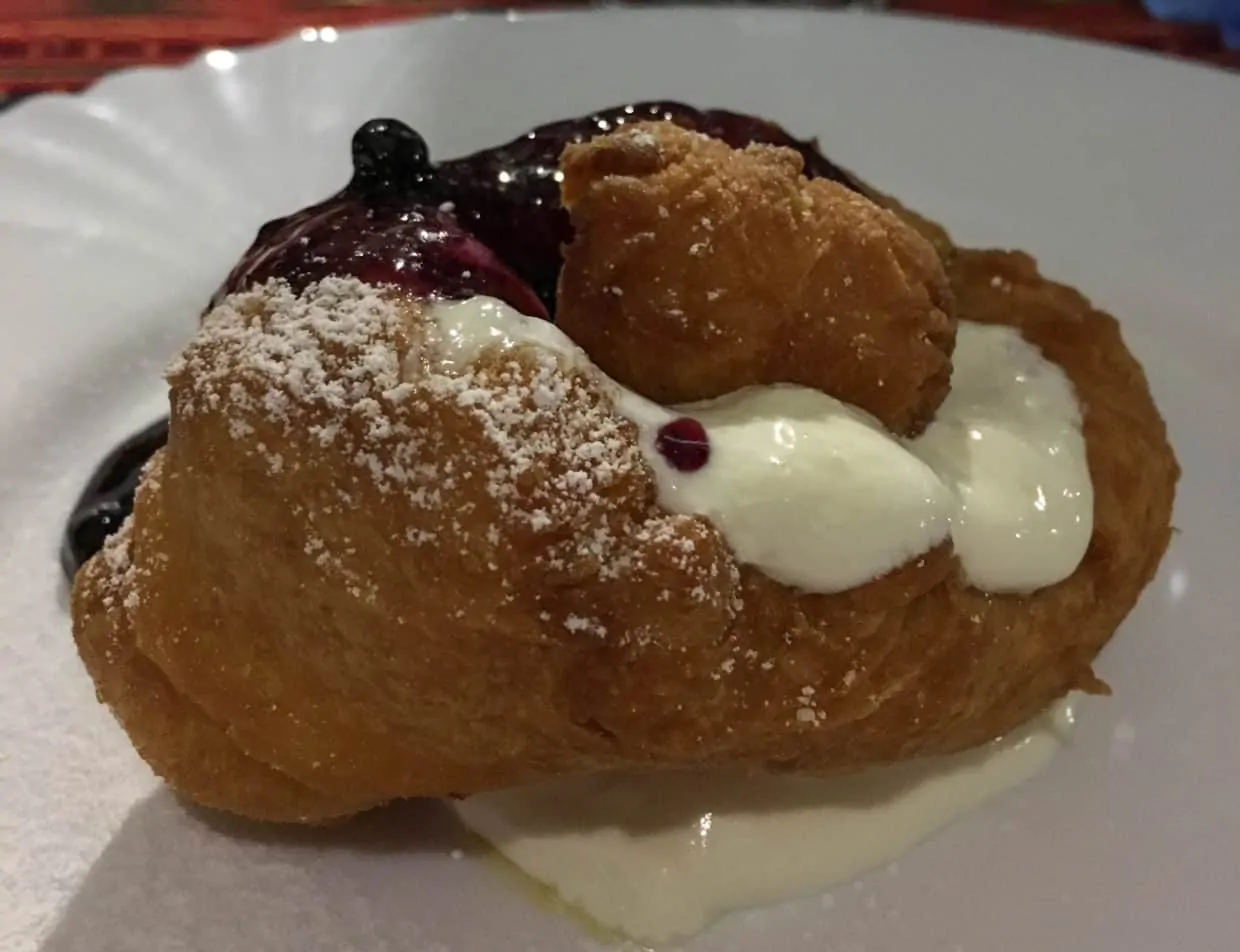
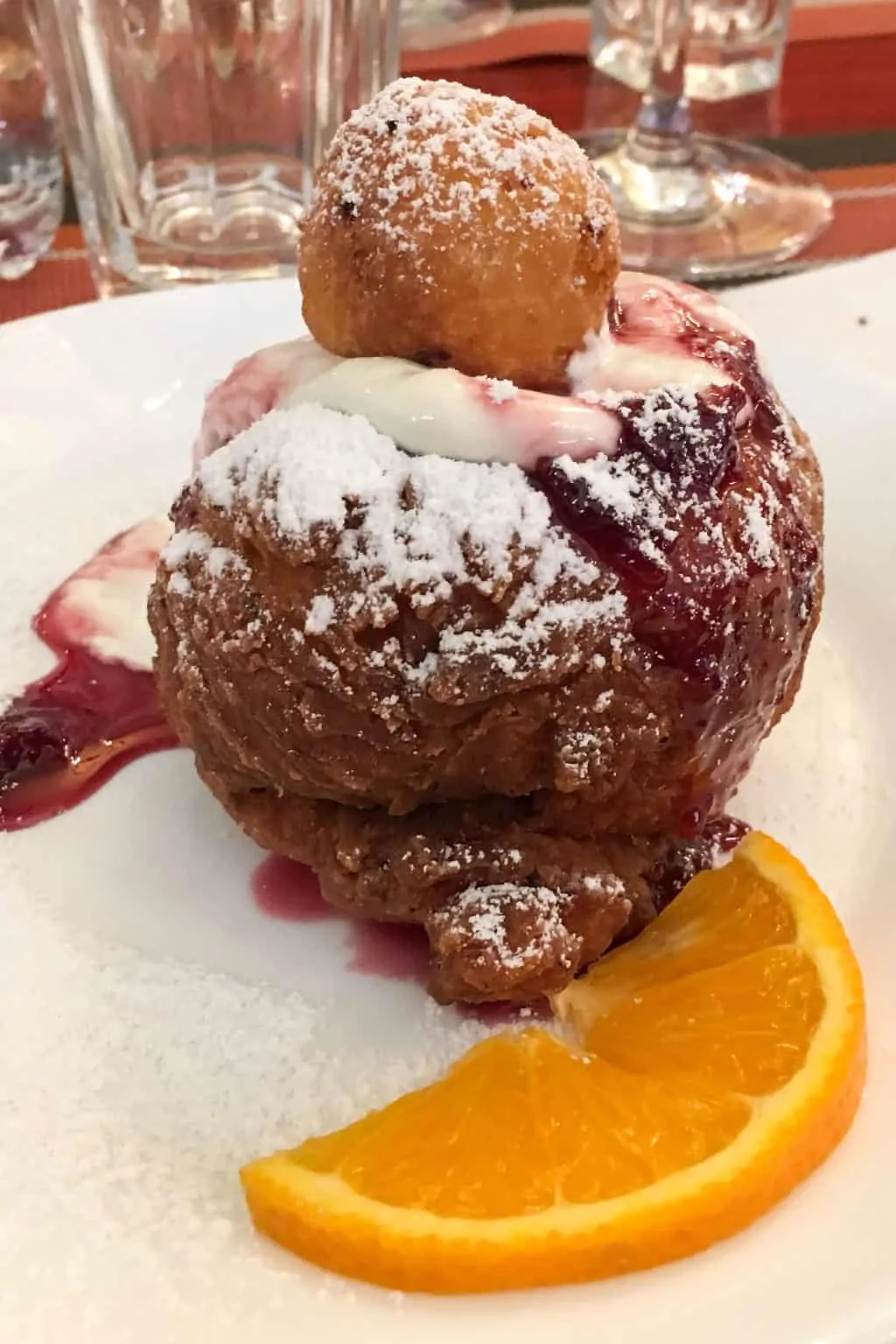
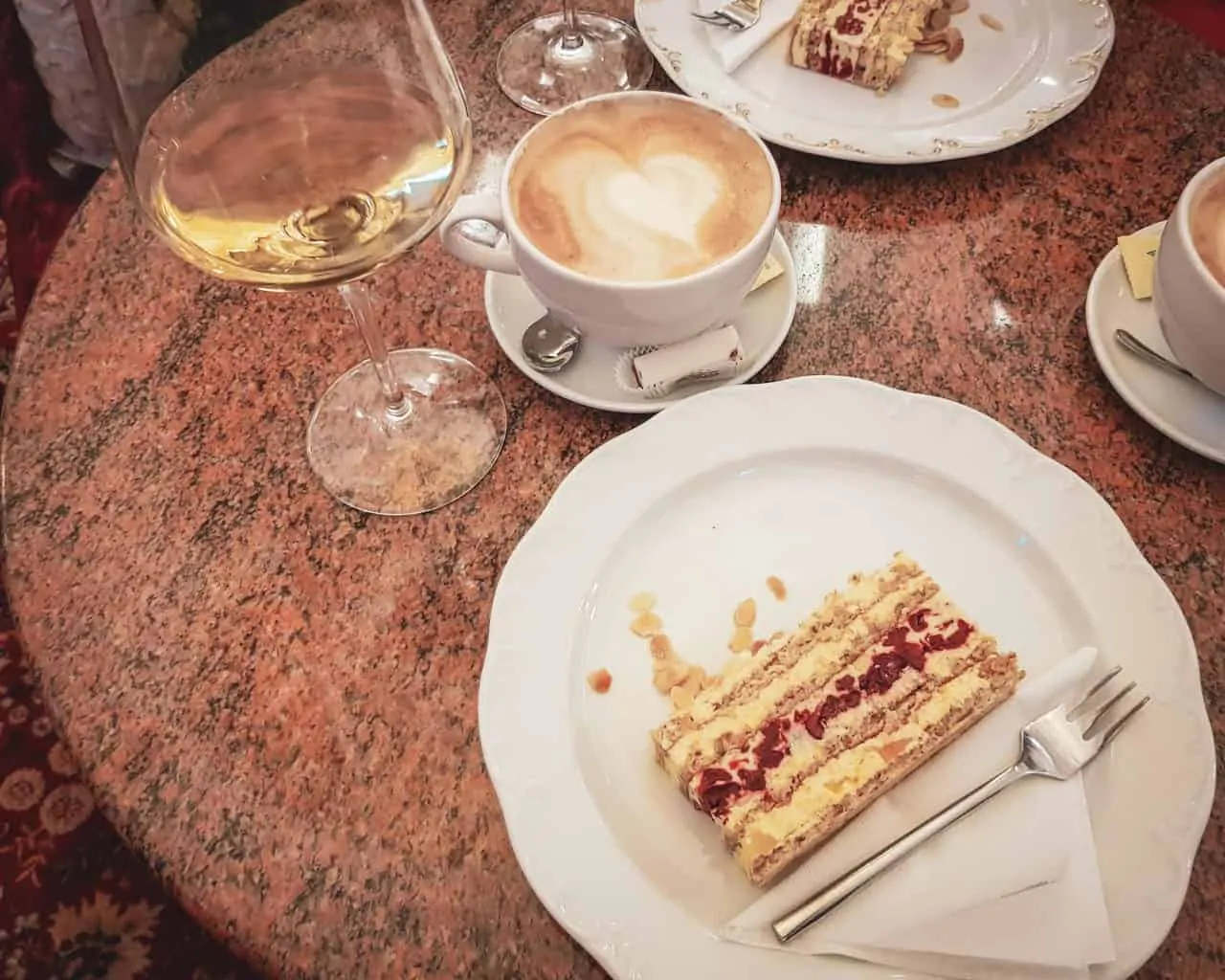
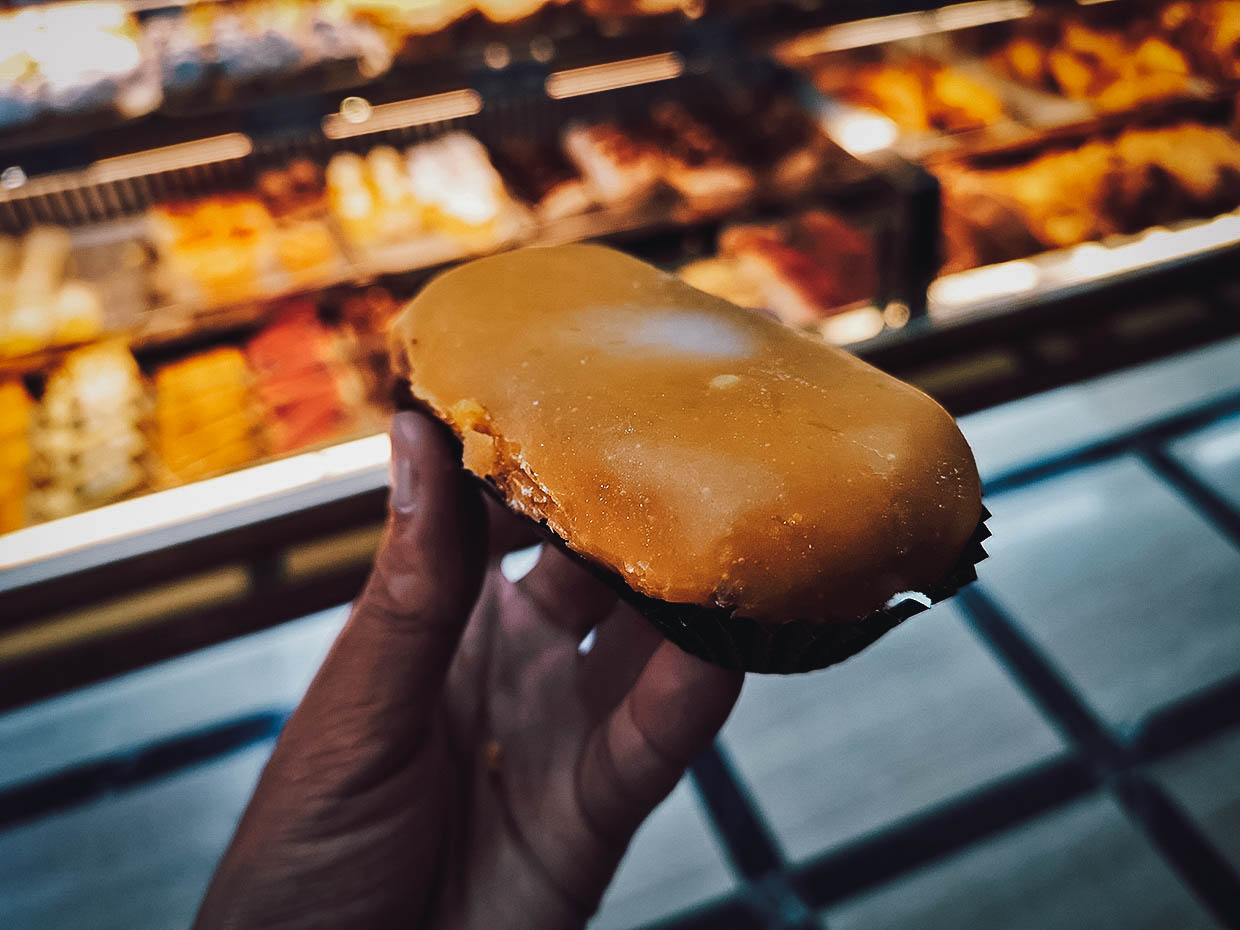
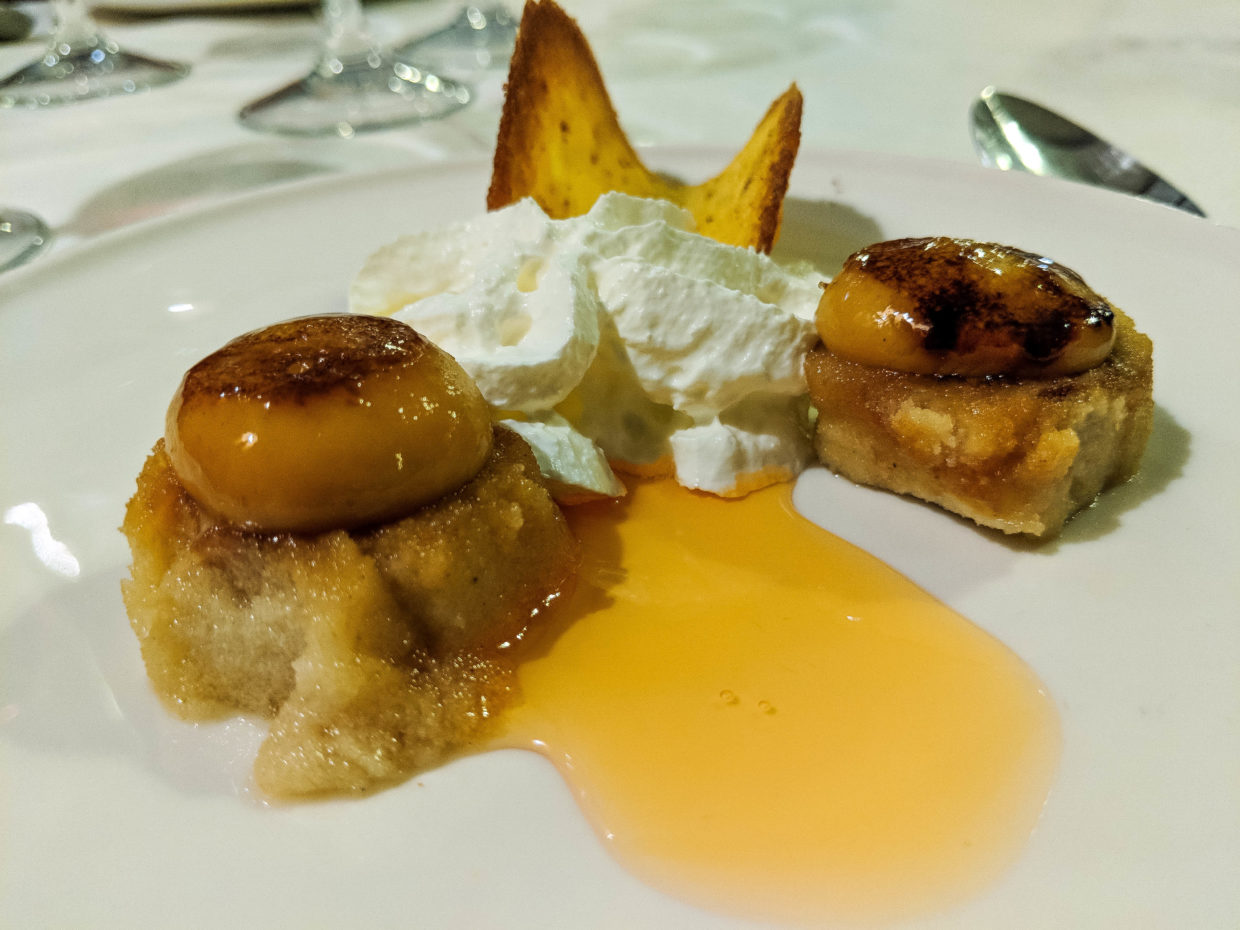
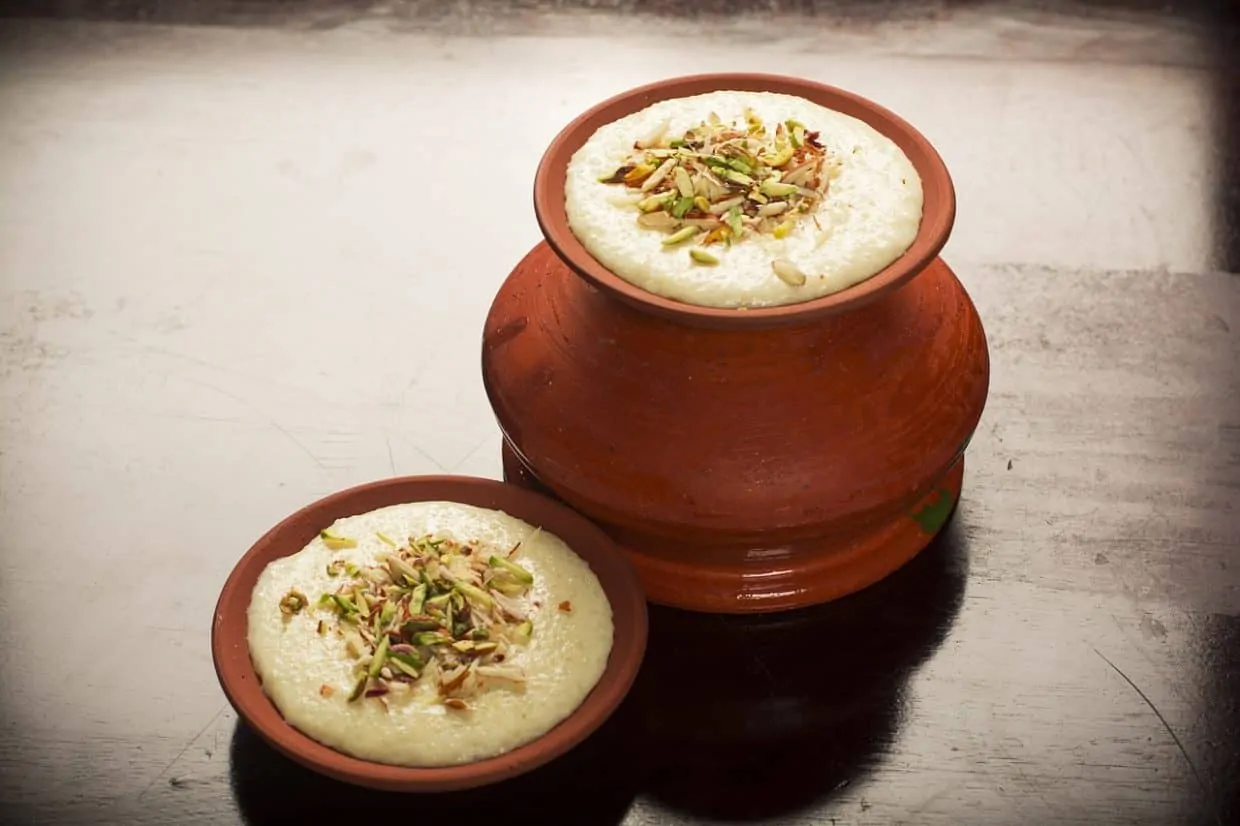
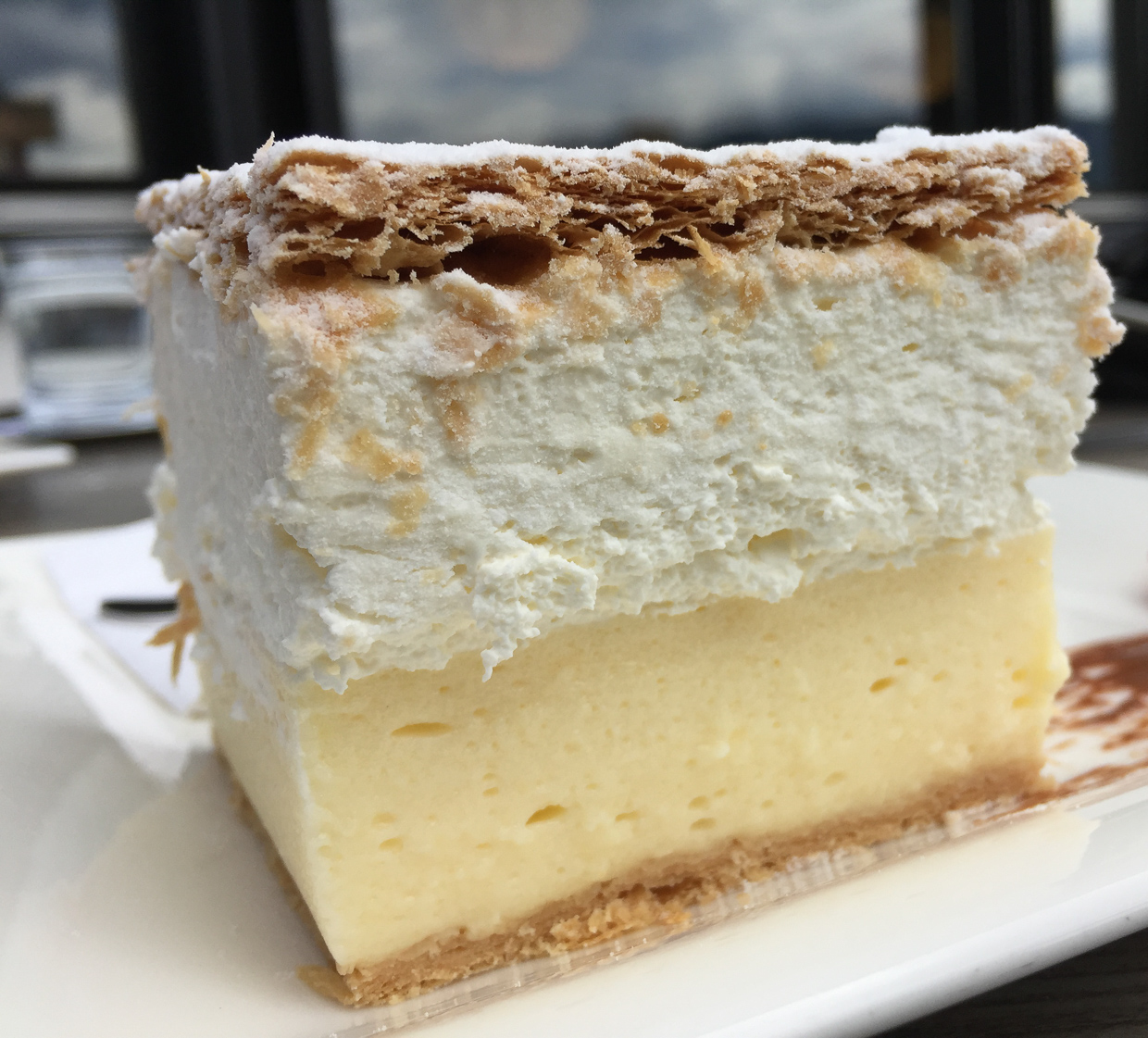
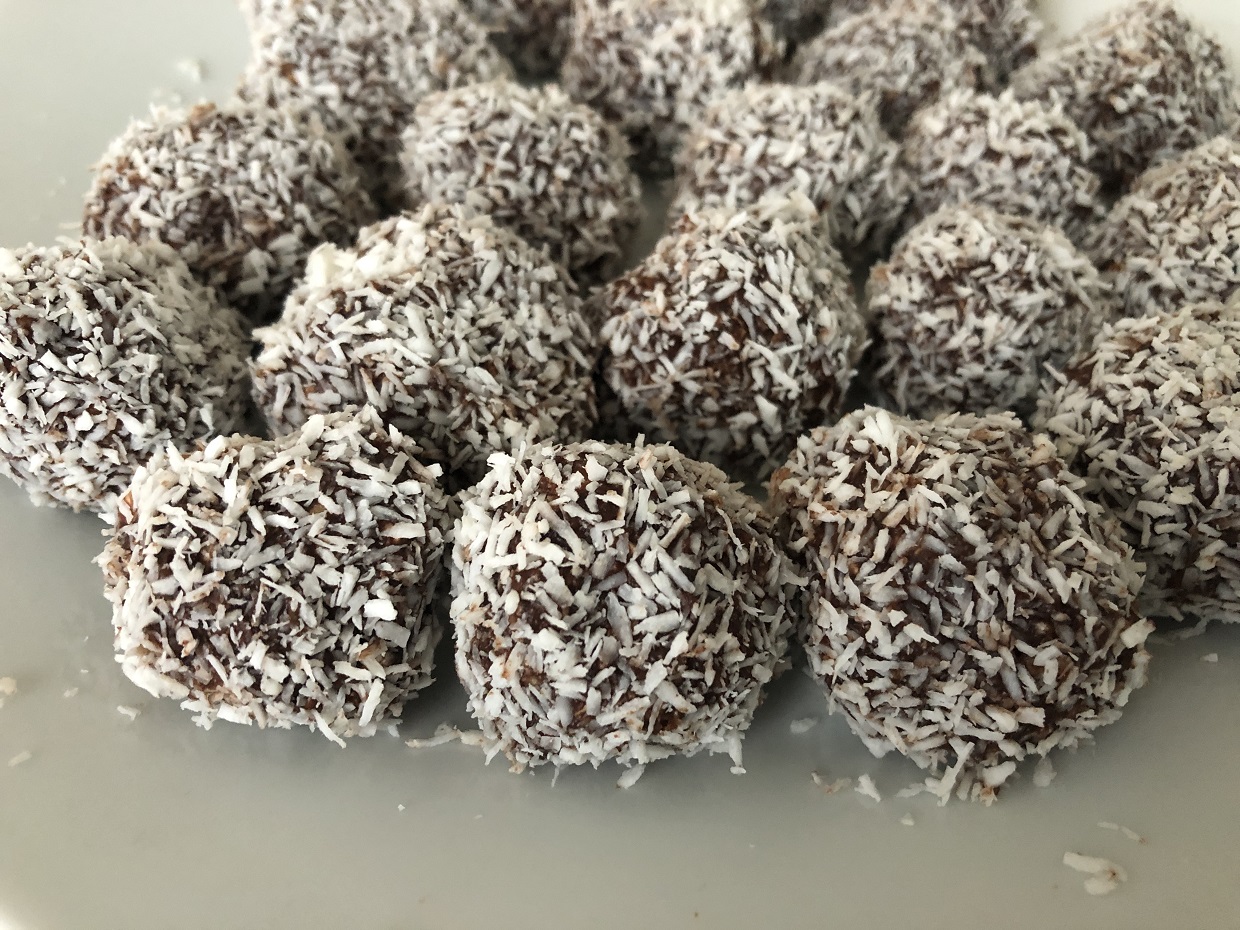
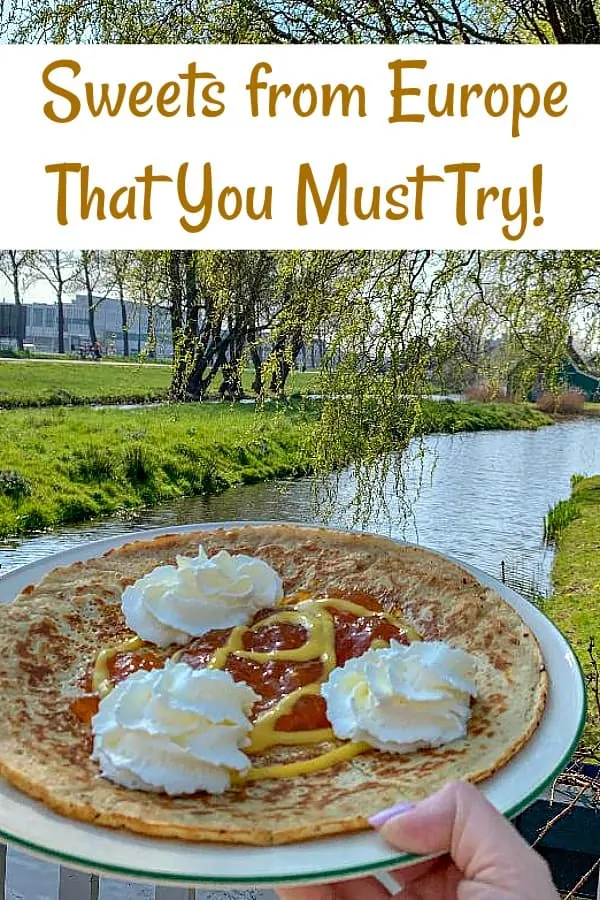
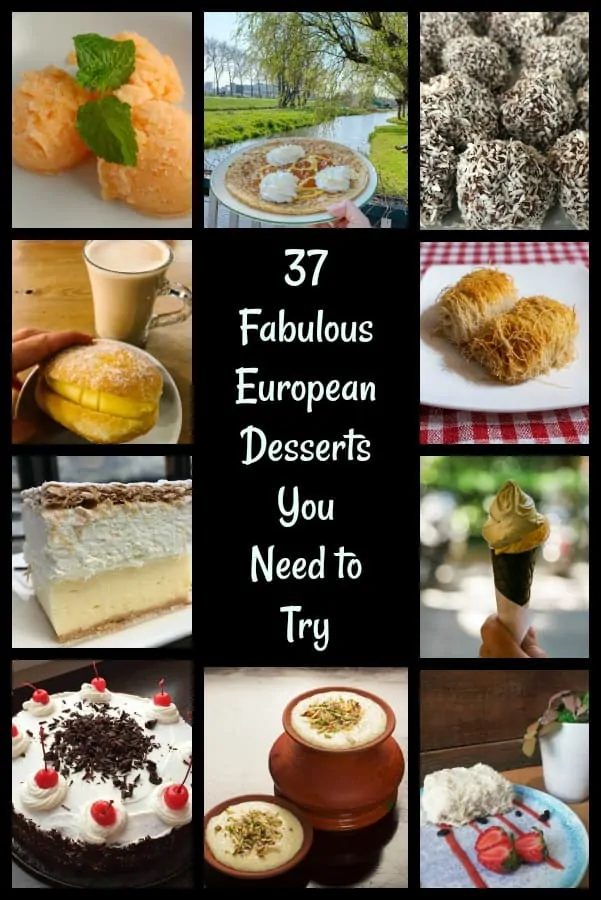
Great post! Thanks for including my granita!
There is a lot of information in this post, which is very useful. My experience with western cuisine so far has only been limited to a few dishes. As a local from Krakow, I can confirm that pączki is one of our favourite dishes.